Teaching Christian worldview to children can seem challenging, but it’s actually quite natural. Here are 7 ways to approach biblical worldview education.

One of our goals as parents has been to impact the way our children see the world–we wanted to raise them with a biblical worldview. It’s kind of been the roadmap for our homeschool and for our parenting.

Things that Work Against Teaching a Christian Worldview
Because we’re really aware that media will teach our children to see the world in a certain way, we’ve been very intentional about how and when our kids were allowed to consume movies, books, and the internet.
I was often asked if I’m sheltering my kids. The questions tended to run along these lines:
- What will happen when they encounter the real world?
- What will they do when they encounter real movies and they’ve never, ever seen real films?
- How will your kids respond to outside influences?
These are valid questions, but they always made me smile because–the last time I checked–we do live in the real world. We use media, read real books, and talk about actual news. We’re really careful about the images our kids see, knowing they can never unsee them.
But, my husband and I don’t subscribe to the greenhouse style of parenting. We’re not attempting to hide our kids from the world, sheltering them from the reality of a fallen, sinful humanity. Rather, we’re working to prepare our children to enter that world fully outfitted in the armor of God, with a purpose and a goal.
We want our kids to serve the Lord with all that they have. We want them to be aware of the results of the fall, and ready to offer the antidote–Christ crucified for our sins and risen again.
In teaching Christian worldview to our children, we’ve prevented them from absorbing copious amounts of the culture’s worldview. But, we’ve gone beyond that.
We’ve intentionally designed a biblical worldview education for our kids. You can too.

Our Worldview Goals
Our motto for child-rearing is “Love them, and point them to Christ“. We frequently evaluate our parenting actions based on that ideal.
We have five specific worldview goals:
1) To teach our children who God is.
If we accomplish nothing else, I pray that we do this well–biblically and faithfully.
2) To teach them what Scripture says. All of it.
We want our kids in the Word. We want to be in the Word ourselves. This is a family lifestyle, and we hope it will carry forward into adult life for our boys. Habits are learned early, and this is one habit we don’t want to mess up! We’ve used Bible Road Trip™ to explore God’s Word with our kids on a daily basis.
3) To teach them to glorify God.
Our purpose here on earth is to glorify God. We want our boys to be aware of–and working toward–that purpose.
4) To teach them to serve others.
Jesus told us that we are to love God and love others. Love is not a warm, fuzzy emotion–it’s a sacrifice, a decision, a service. We don’t change the world through online activism or outrage. We change the world the way Jesus taught us to–by sharing the gospel while we love others.
5) To help them discover who God made them to be.
God has gifted believers to serve him in unique ways. We want to help our kids identify and develop the ways God has equipped them to serve him–while they are still at home and have the freedom to explore.

Christian Worldview for Kids
In the dictionary, worldview is defined as “A particular philosophy of life or conception of the world”.
Our goal is to help our kids develop a worldview that is Christ-centered, or a Christian worldview. We want them to journey forth with a Scriptural mindset, so that they will not only not be surprised by the state of the world, they will be prepared to address it with Scriptural solutions. How is this accomplished?

Seven Ways to Teach a Christian Worldview
1) We teach worldview through reading Scripture.
While we can just read the Bible with our kids–and we do each night at family worship–I think it’s also important to study God’s Word with our kids in a systematic way.
Help Your Kids Learn and Love the Bible is your crash course to teaching the Bible your your kids!
We use Bible Road Trip™ to do that. We go through all of Scripture together in 3 years, with reading, discussion, notebooking, crafts, prayer for the world, and additional reading about the Bible.
I can’t think of anything that is more effective in shaping a Christian worldview than studying the Bible with our kids.
Every suggestion I have beyond this one is null and void if your family is not actively engaged with the Word of God. God’s inspired Word is where our view of the world should come from. Sound doctrine and theology are essential to living for Christ. Since He’s given us His inspired Word, let’s not neglect it.
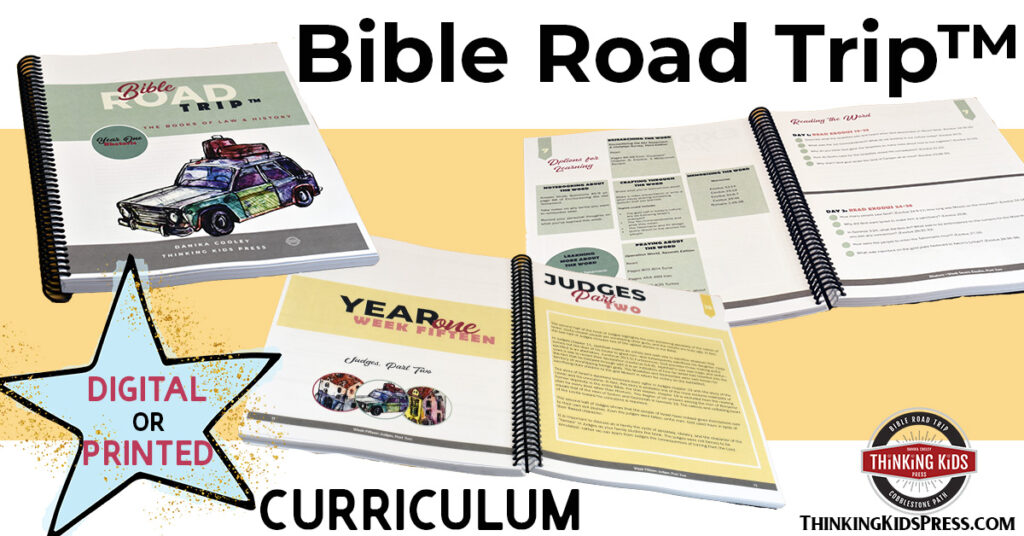
2) We teach worldview through the study of history.
Nothing helps us understand our role in God’s world faster than taking a look at the whole scope of history over time.
We’re just passing through this world for a short time; whatever we do is going to leave a legacy–good or bad. I think that it is really easy to assume that everything has always been–and will always be–the same way it is right now. This is simply not true.
A historical perspective, combined with a Scriptural perspective, can enable us to make wise and discerning choices in our lives. Moreover, through history we learn to see God’s hand in world events.
Because we homeschool, we’re able focus much of our education on the study of history. I’ve been excited to see my children growing in their understanding through their knowledge of history.
If, however, your children attend school–public or private–I would suggest considering supplementing (or adding, as the case may be) history at home.
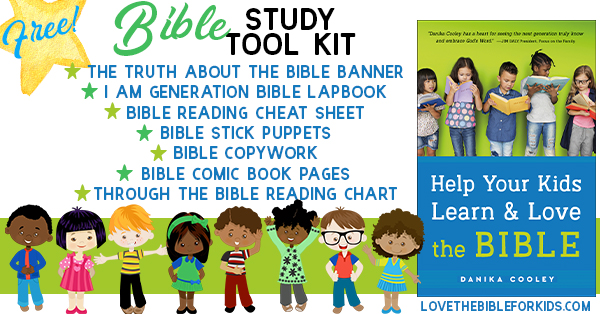
Grab your FREE Bible Study Tool Kit–over 130 pages of Bible resources for your family!
3) We teach worldview through the comparative study of religions.
In the elementary years, we did this primarily do this during our study of history through the Tapestry of Grace curriculum. We also had frequent discussions about other religions as we walk through our week. We talk about a lot of different subjects around the dinner table, and the subject of religions naturally comes up.
We were careful as we began to introduce this subject. We made certain our children had a good basis in Scripture first.
However, if we’re going to educate our kids with a Christian worldview, we think that it’s important that they understand both the fact that there are other religions, and that those religions are incompatible with Christianity (and why).
We’ve found the following resources helpful:
Rose Book of Charts, Maps & Time Lines, Volumes 1, 2, and 3 Bundle World Religions: The Great Faiths Explored and Explained
World Religions: The Great Faiths Explored and Explained The Usborne Encyclopedia of World Religions: Internet-linked (World Cultures)
The Usborne Encyclopedia of World Religions: Internet-linked (World Cultures)
Rose Book of Charts Volumes 1, 2, and 3 – These three colorful, reproducible books contain a wide range of information, including comparative religions from a Christian worldview.
World Religions: The Great Faiths Explored & Explained – This is a fantastic resource for elementary aged kids. There are tons of pictures and a basic explanation of Hinduism, Buddhism, Eastern Asian religions, Sikhism, Judaism, Christianity, and Islam. You’ll want to use this resource along with your kids, of course, so that you can help them understand.
The Usborne Encyclopedia of World Religions: Internet-linked (World Cultures) – The Usborne Encyclopedia of World Religions is a thinner tome, with great pictures and more text. It covers far more religions than the DK book, however, each section is written as if that religion is true. Because of this, I’d recommend it for late elementary and middle school, with parental aid.
In Cobblestone Path™ Church History Research Journals, your teens will cover the heresies that exist as a result of and as a cause of many of the world’s religions. It’s nice to have an overview of what people around the world believe and how it contrasts to a biblical worldview in elementary school, though.
4) We teach worldview through the study of and prayer for people groups and cultures in other parts of the world.
We talk about people groups (and missionaries) during our school day, and during family worship. Bible Road Trip™ schedules out our prayer resources and countries to pray for by week. There are some great resources available for praying for others.
Window on the World: An Operation World Prayer Resource (Operation World Resources) Pray for the World: A New Prayer Resource from Operation World
Pray for the World: A New Prayer Resource from Operation World Operation World: The Definitive Prayer Guide to Every Nation (Operation World Set)
Operation World: The Definitive Prayer Guide to Every Nation (Operation World Set)
Our boys love exploring the Joshua Project website. It’s an interactive site where you can locate demographics for the unreached people groups in the world. We have a link to it on their computers so they can explore it when they have free time (they know they can’t leave the site).
Window on the World: When We Pray God Works – This is a fantastic resource for children. Each two-page spread covers a country or people group, with photos, statistics, stories, history, and things to pray for those people. We love this book!
Pray for the World is a good size for middle school students. It’s a pared-down version of the next resource, so more accessible for younger teens.
For high school students and adults, Operation World: The Definitive Prayer Guide to Every Nation by Jason Mandryk is fantastic. It’s a 978-page book covering the statistics and prayer needs of countries and provinces across the globe.
5) We teach worldview through biographies – of Christians and non-Christians.
The study of the lives of those who have gone before us is a wonderful way to create perspective, and to understand the impact of our actions. Reading Christian biographies is a fantastic way to see God at work in the lives of others.
Check out this enormous list of Christian history books for kids, and this great set of Church history books for kids.

6) We teach worldview through curriculum.
One of the reasons we homeschool is so that we can teach from a Christian worldview.
There are so many amazing, Christ-centered curriculums available today! If we’re going to spend time teaching our kids, let’s teach them material that glorifies God and references his Word.
Read about our favorite Christian homeschool resources, and check out several Christian homeschool science curricula.
7) We teach worldview through discussion of current events.
One of the most important aspects of discipleship is interaction.
We talk a LOT in this house. To be honest, it can be exhausting for an introvert like myself. Yet, there’s no way to shortcut the process. We’re filling the kids with information, and they have questions–good questions. Questions that often send us to do research of our own. In the process, we’re learning and growing as well.
It’s a great process to be a part of.
We use these resources to study current events in middle and high school.
What do you think about worldview, about resources for teaching worldview, and your about goals in parenting?
Bible Resources for Your Kids
Learn More HereLearn More HereLearn More HereLearn More HereLearn More HereLearn More Here
Help Your Kids Learn and Love the Bible
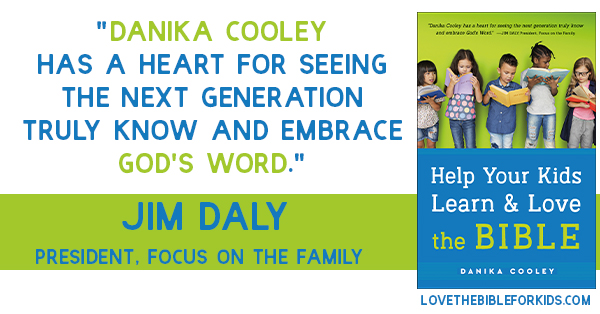
You want your kids to learn and love the Bible.
You want to teach the Bible…
As parents, we deeply desire the best for our kids. We look for the right schools, we make them eat right and exercise, and we get them involved in extracurricular activities. We take our job as parents seriously.
But are we also putting our time and energy into
teaching them the Bible? Giving them the life-changing, soul-nourishing words of Scripture is not only doable, it’s an essential part of parenting kids for Jesus. And the good news is, studying God’s Word as a family doesn’t have to be difficult!
2 Timothy 2:15, ESV, says:
Do your best to present yourself to God as one approved,
a worker who has no need to be ashamed, rightly handling the word of truth.
Our job, as parents who love Jesus, is to help our kids become approved workers, unashamed and rightly handling the word of truth.
The good news? Teaching the Bible isn’t hard. Your family can learn the Bible together.
…and you can!
A Crash Course in Teaching the Bible to Your Kids
Danika Cooley’s book, Help Your Kids Learn and Love the Bible, will give you the tools and confidence to study the Bible as a family. It will help you identify and overcome your objections and fears, give you a crash course in what the Bible is all about and how to teach it, and provide the guidance you need to set up a family Bible study habit.
You will finish this book feeling encouraged and empowered to initiate and strengthen your child’s relationship with the Lord through His Word.

Help Your Kids Learn and Love the Bible will equip you with everything you need to know to teach the Bible to your kids!
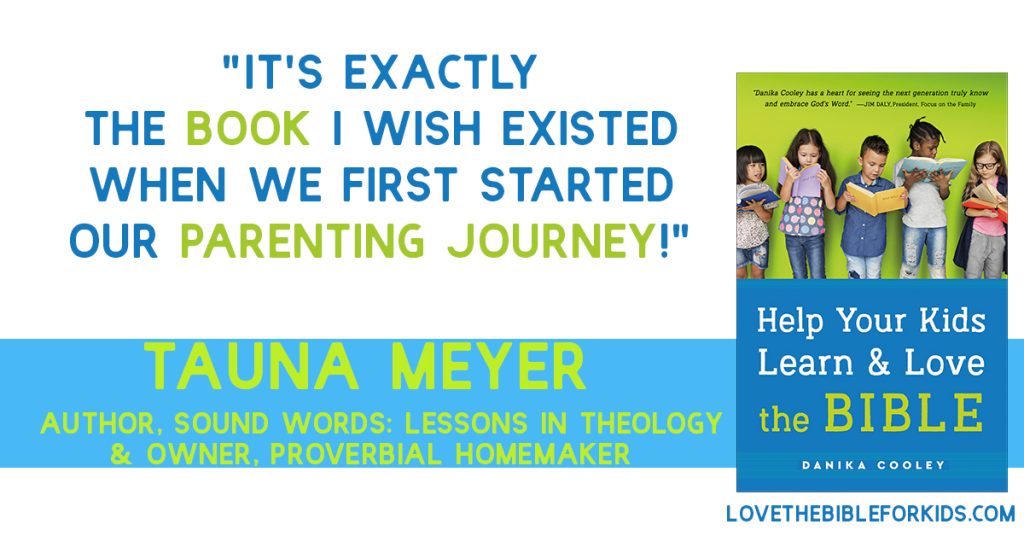

Grab the autographed Reformation Family Bundle!
Thinking Kids Posts You’ll Love

Join the newsletter

Get the Family Prayer Box Project FREE!
Teach your children to pray with this fun project that includes 7 printable sets!








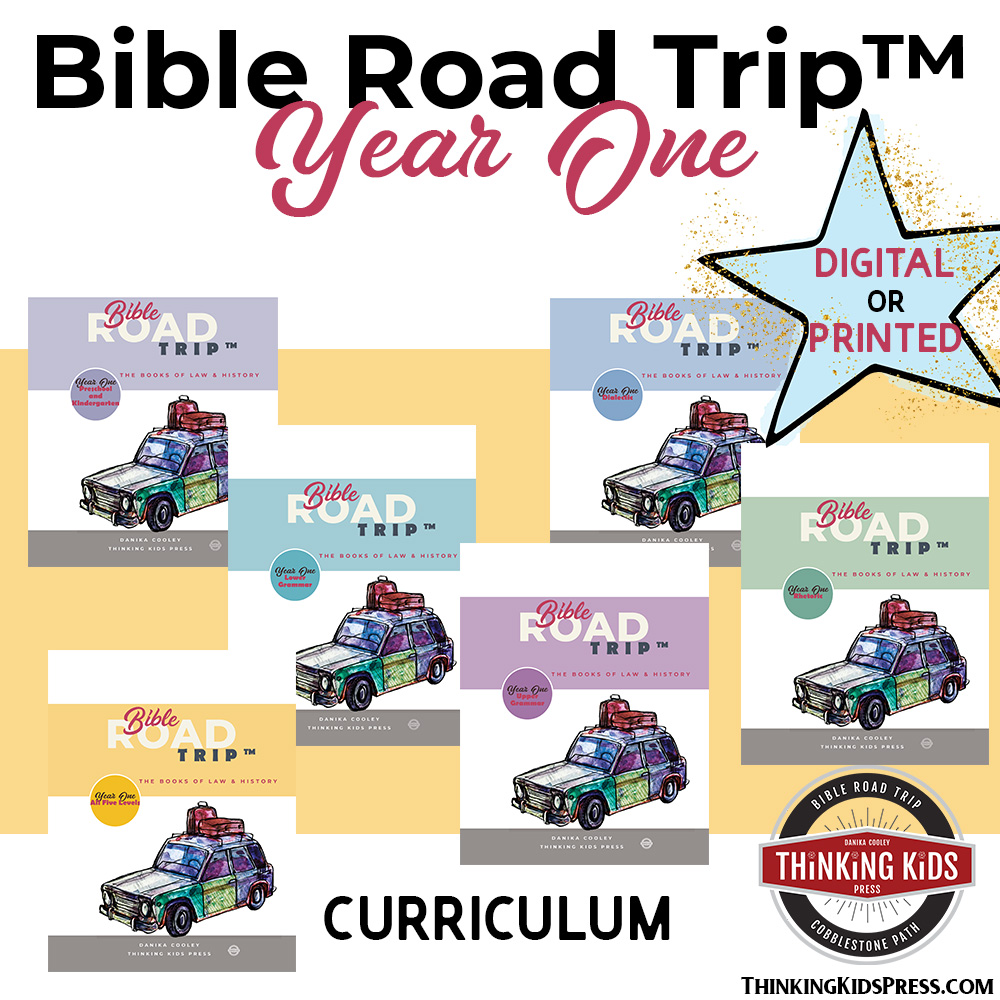
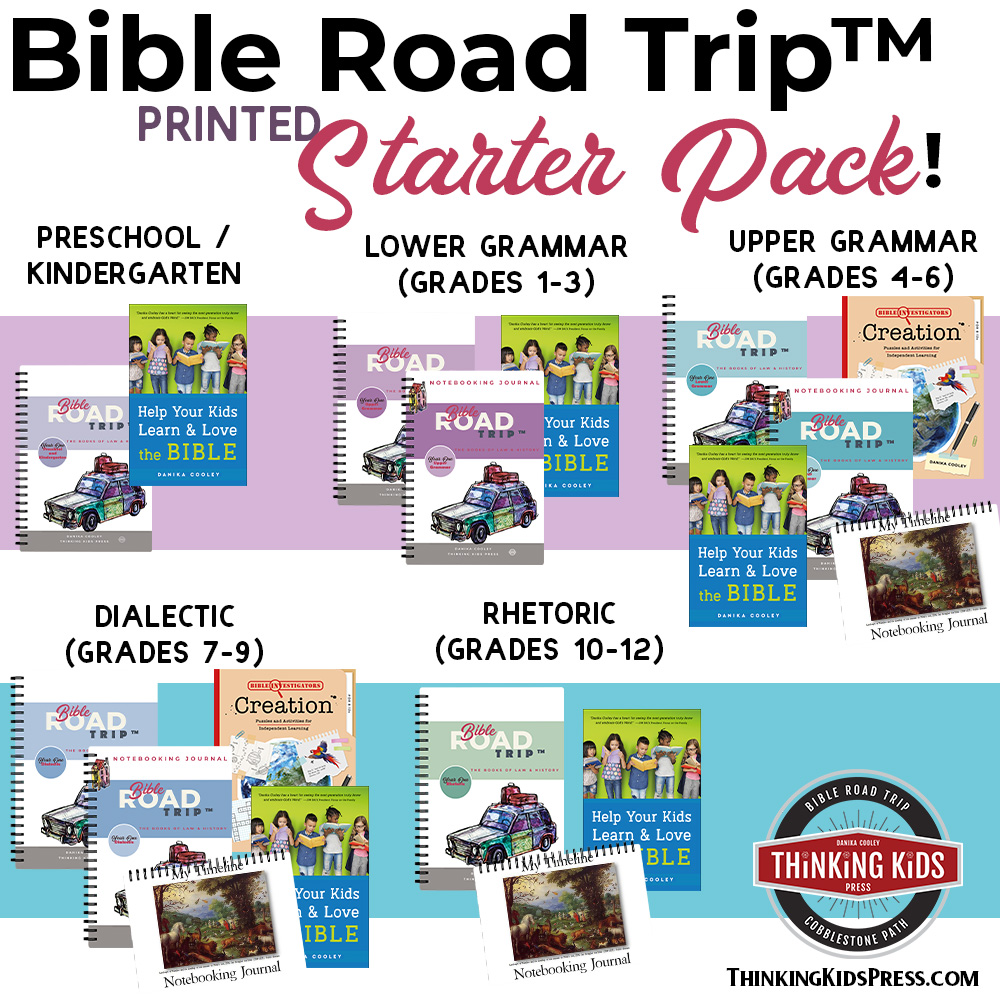
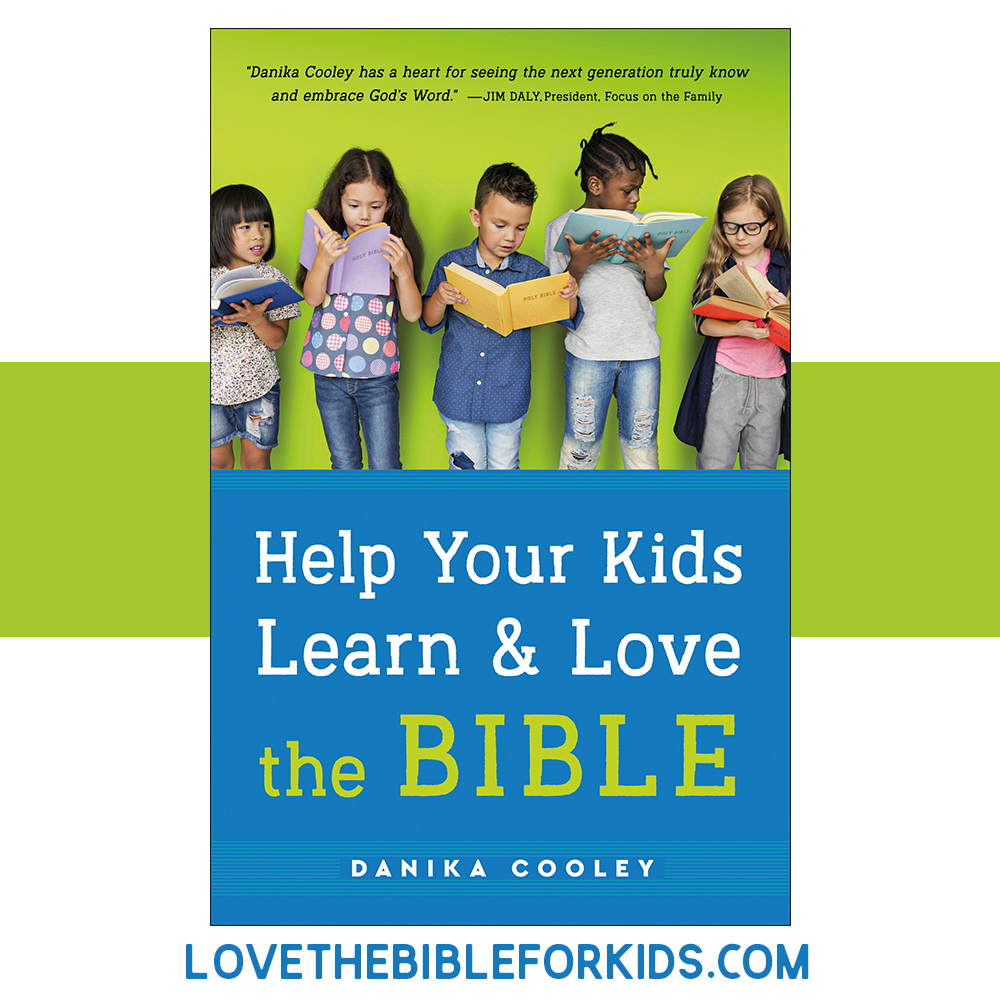
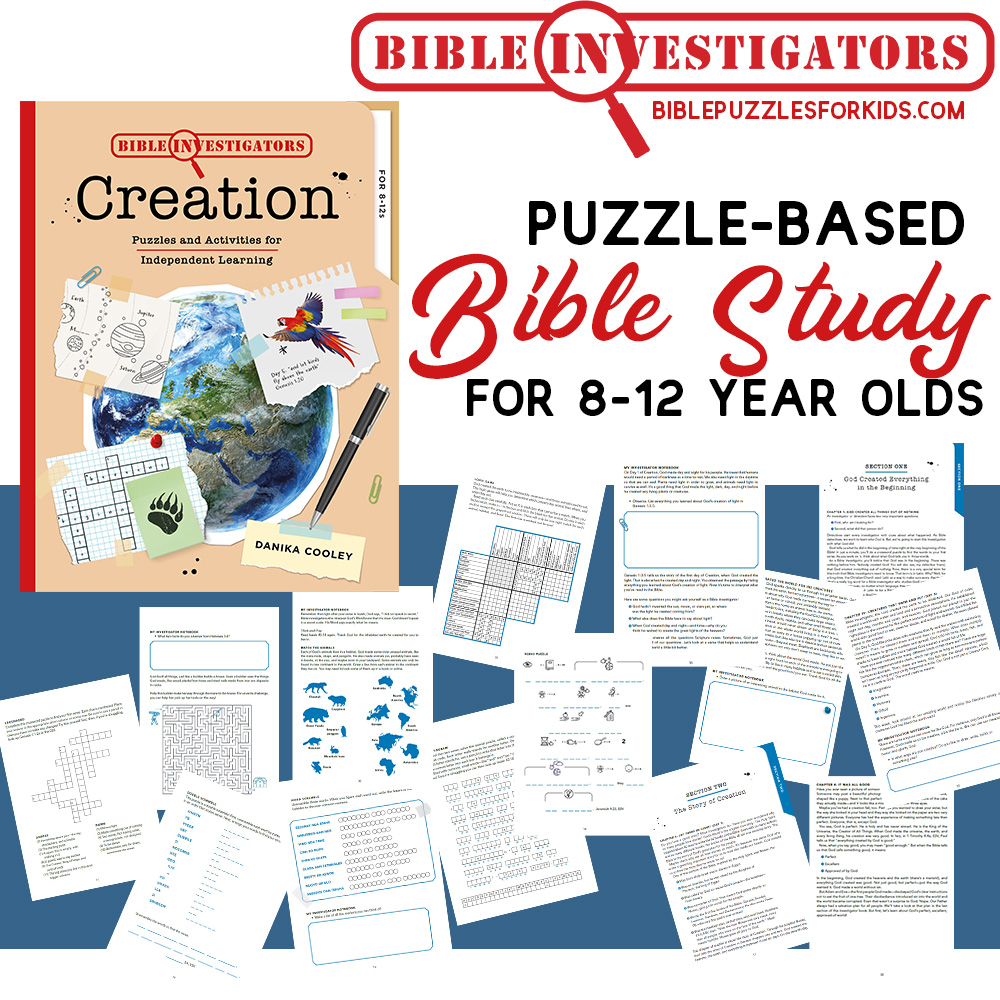
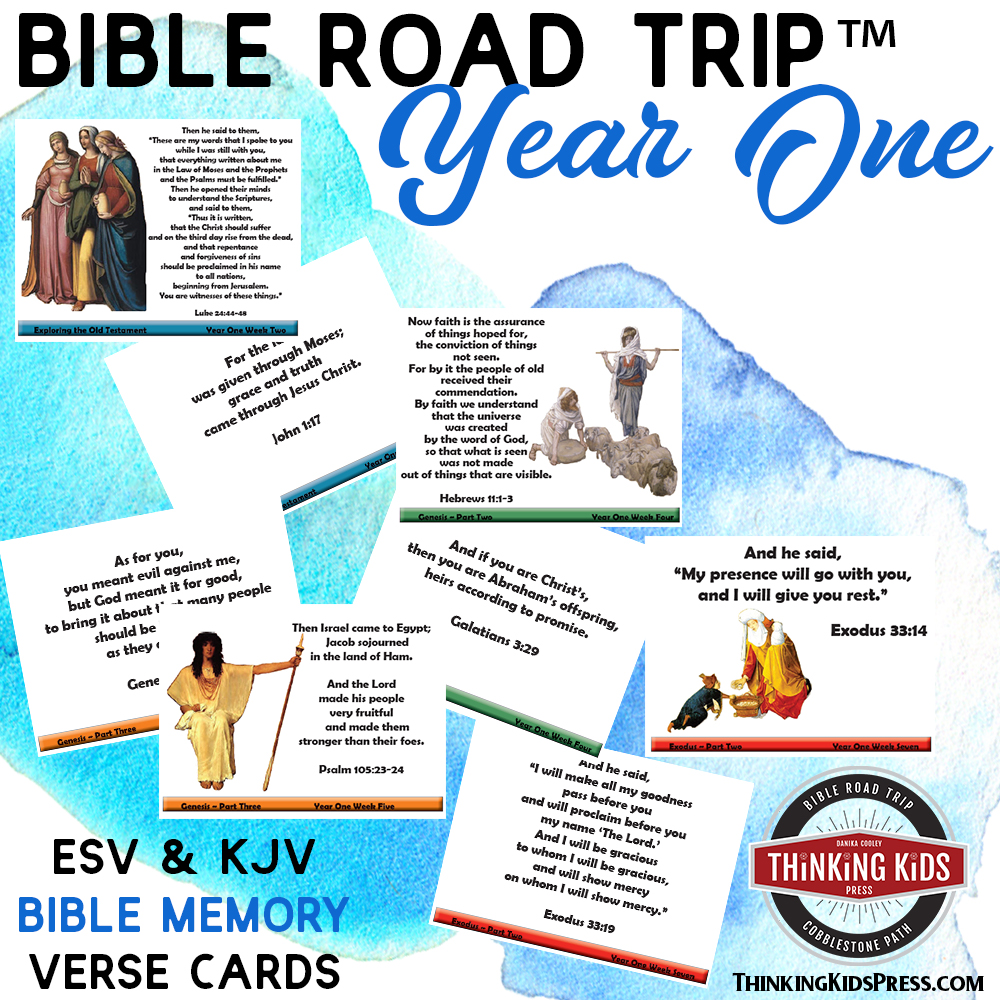





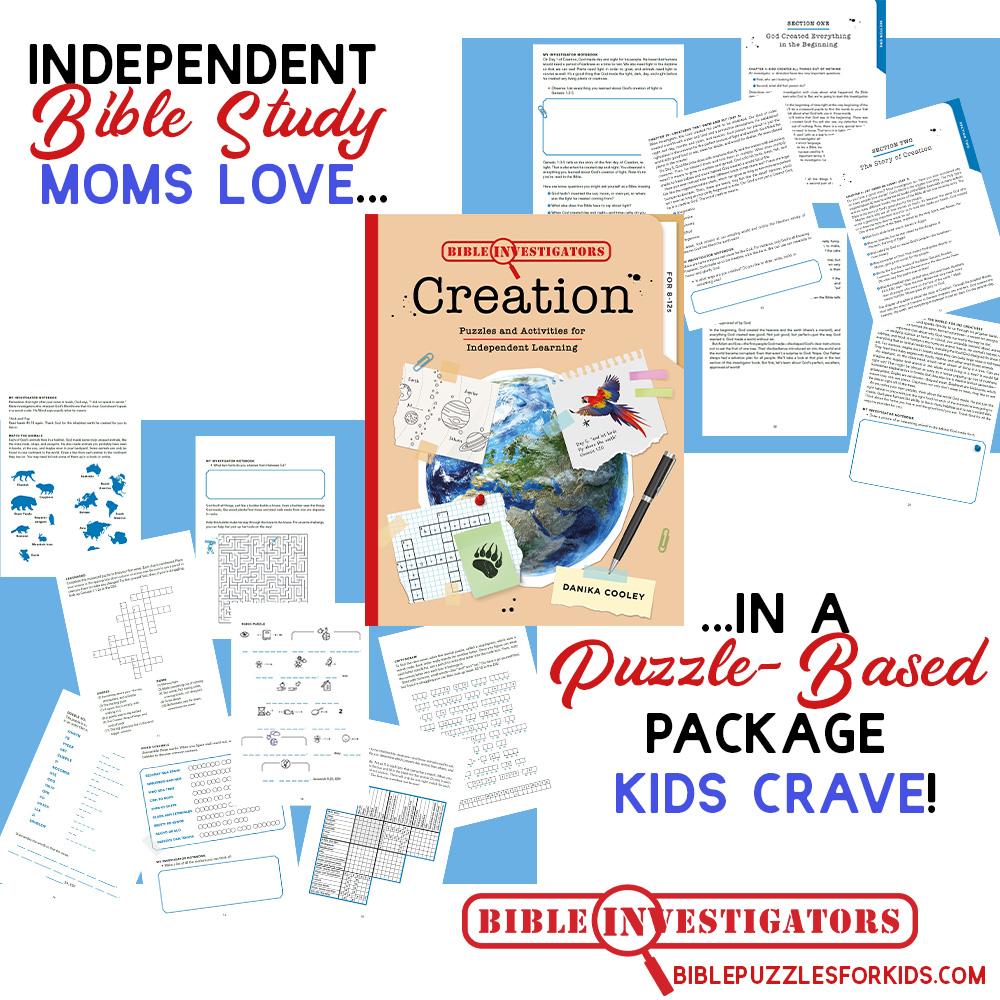
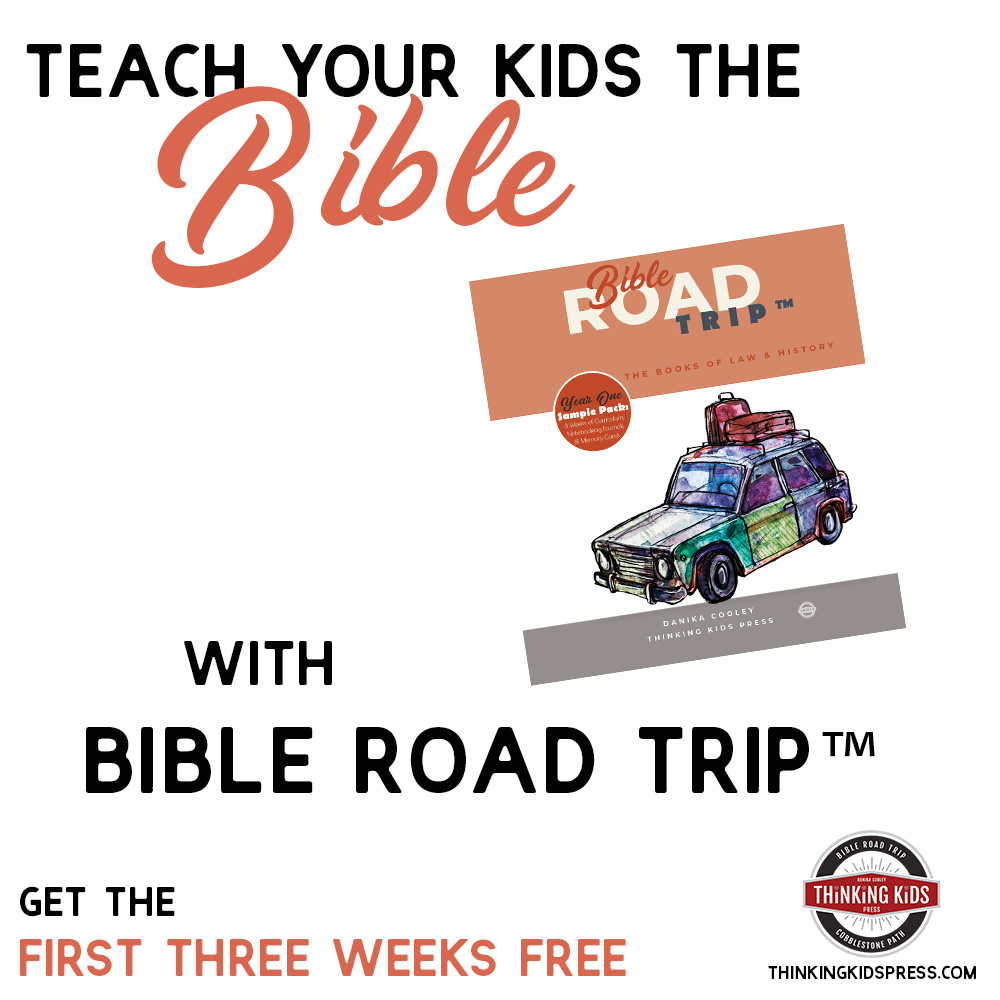


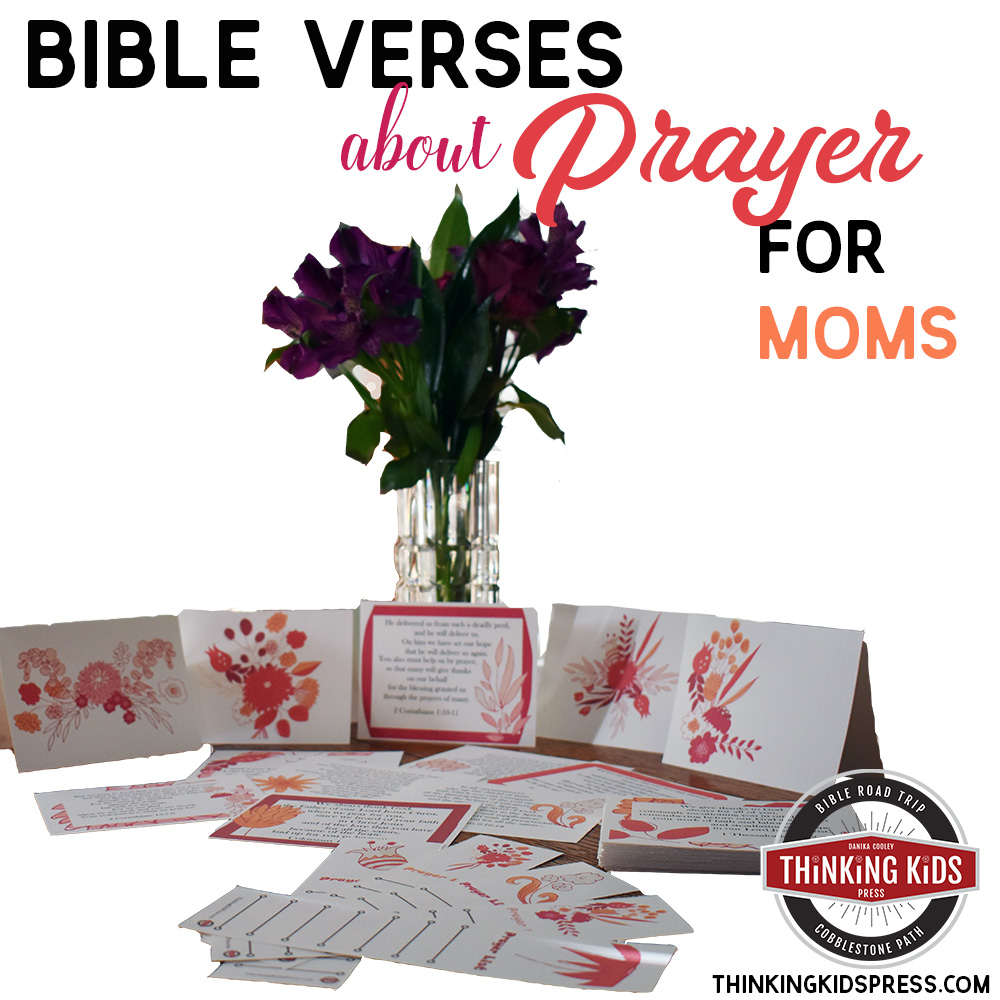




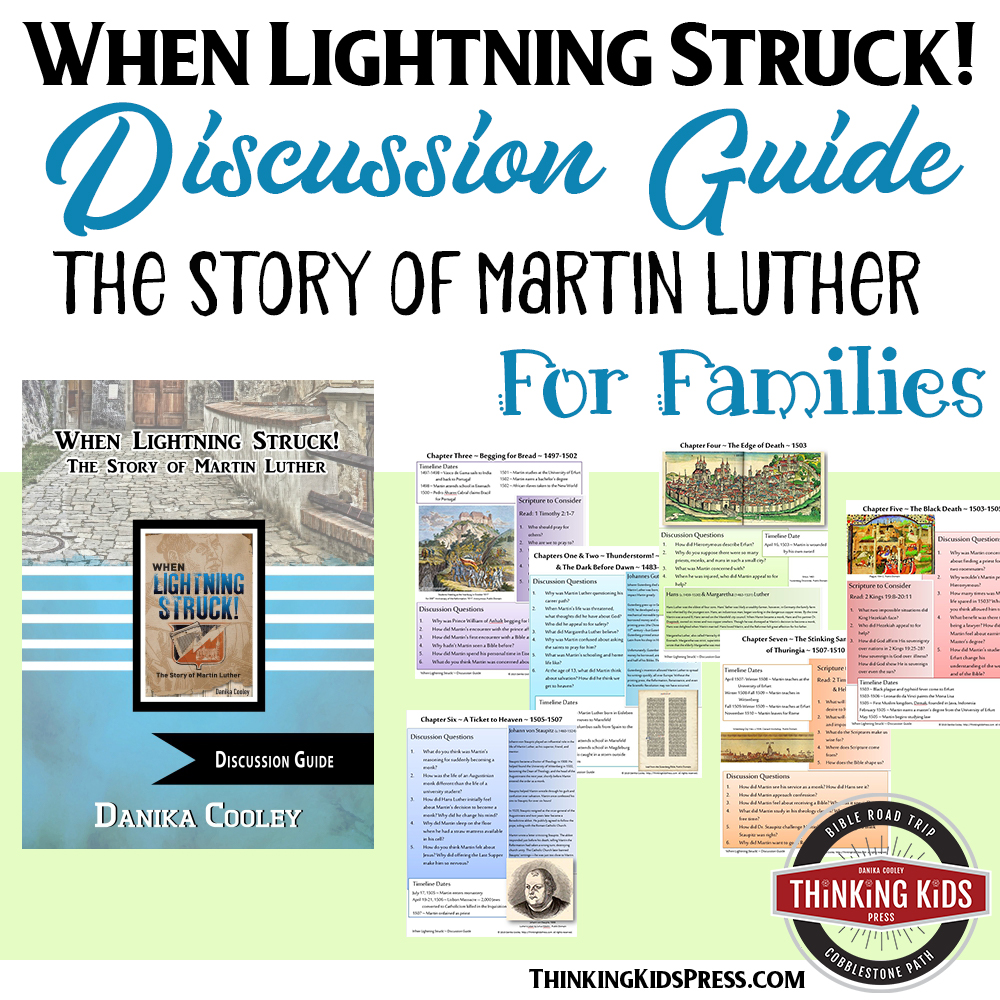
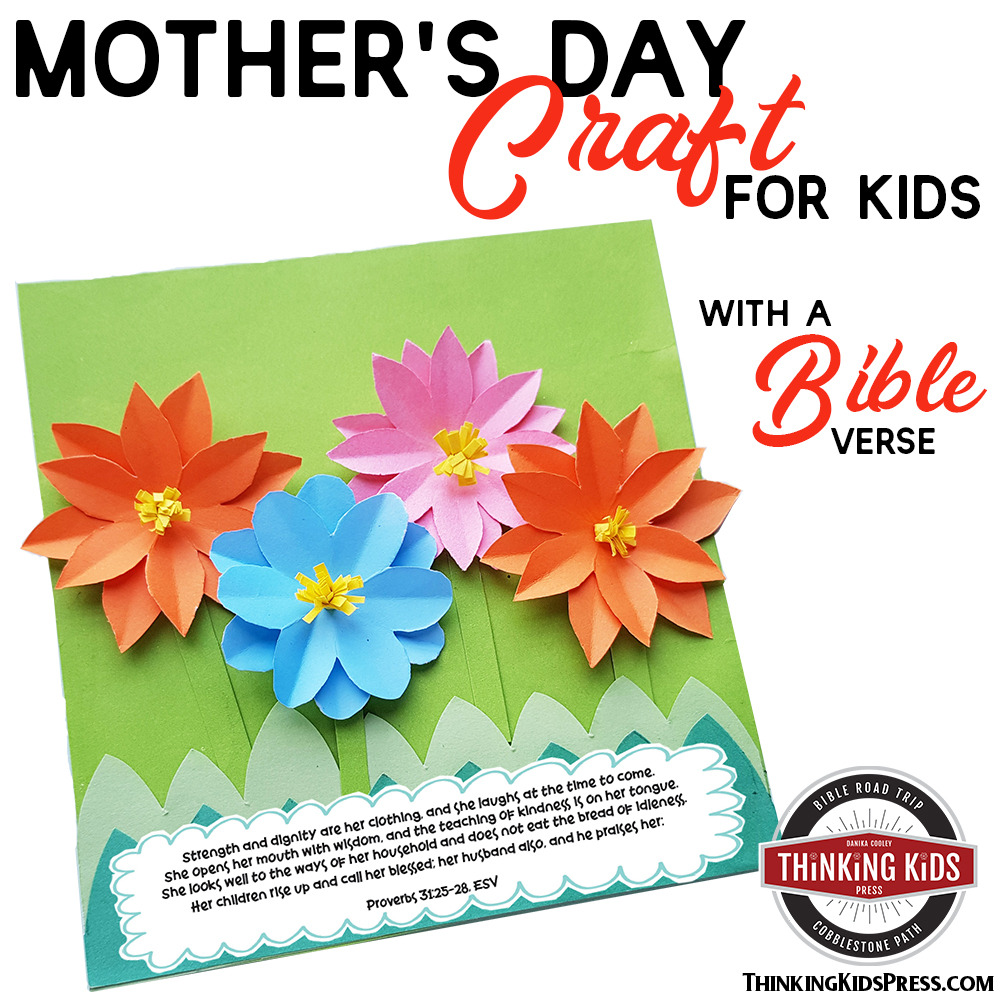


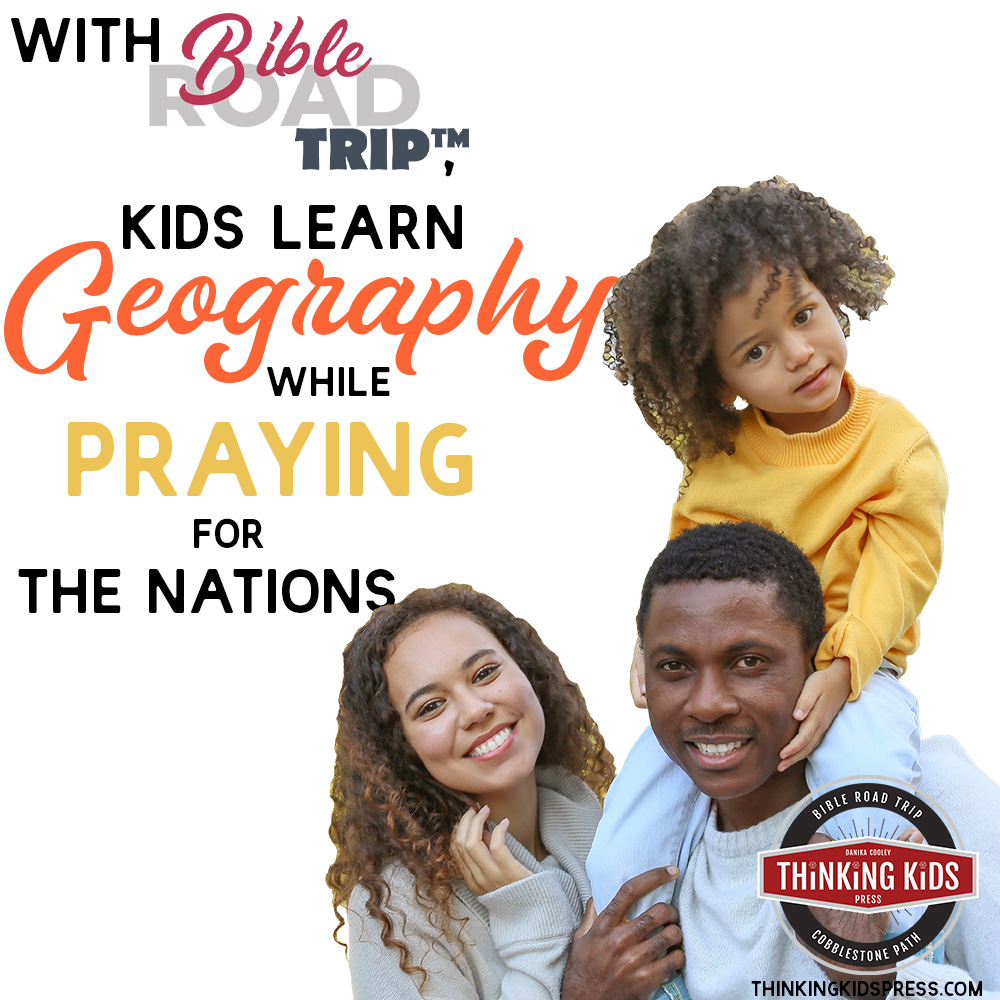



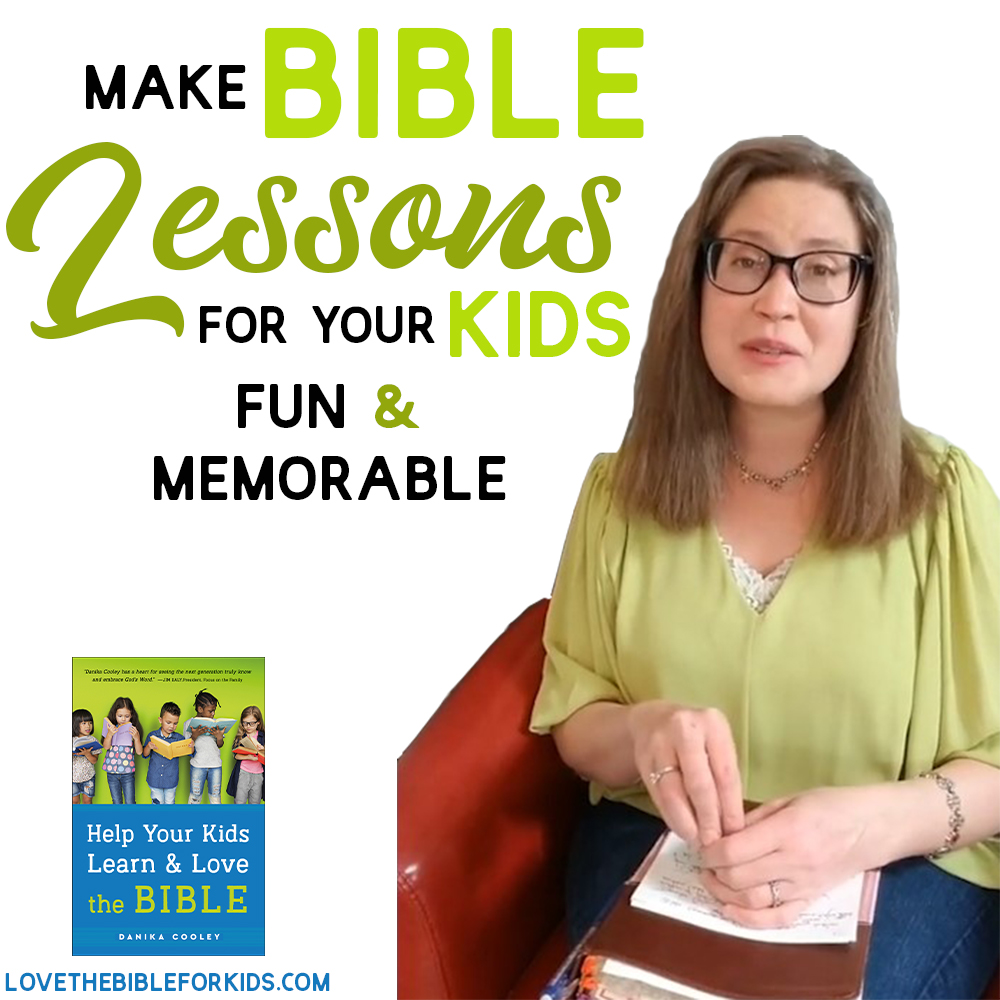
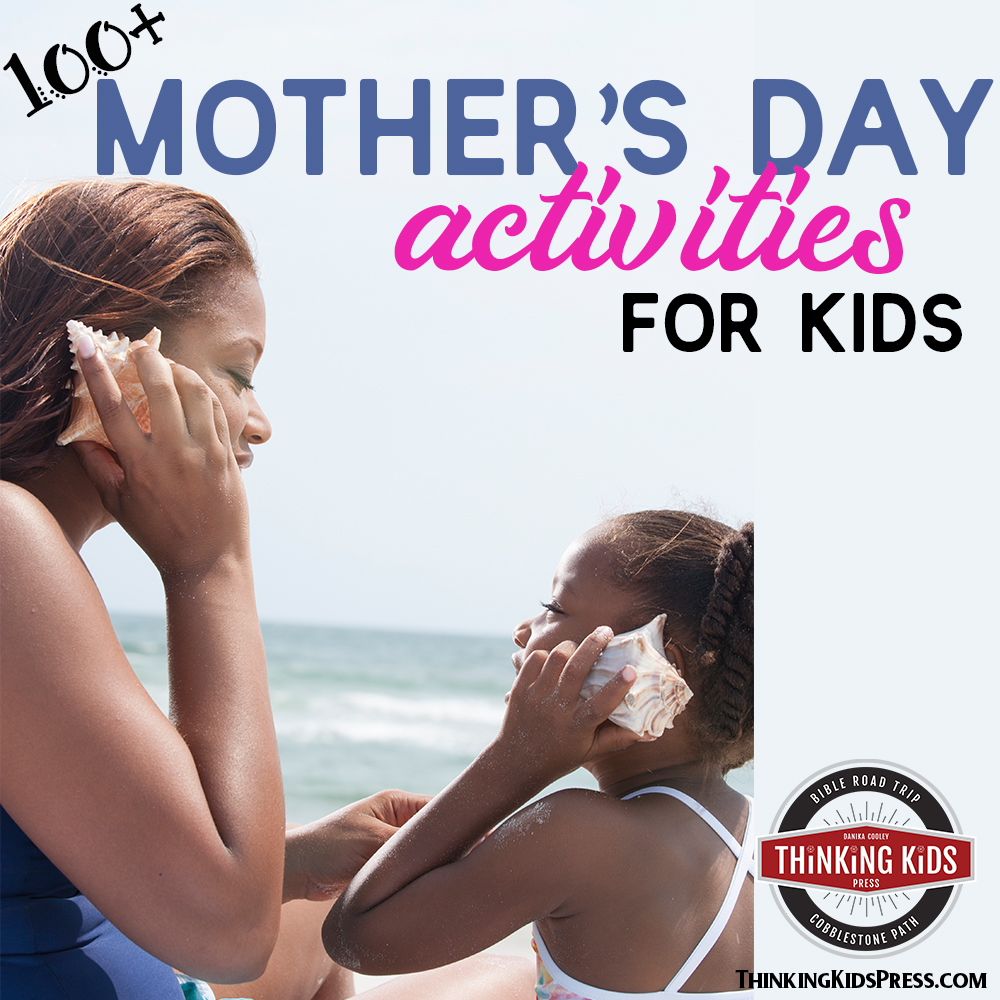


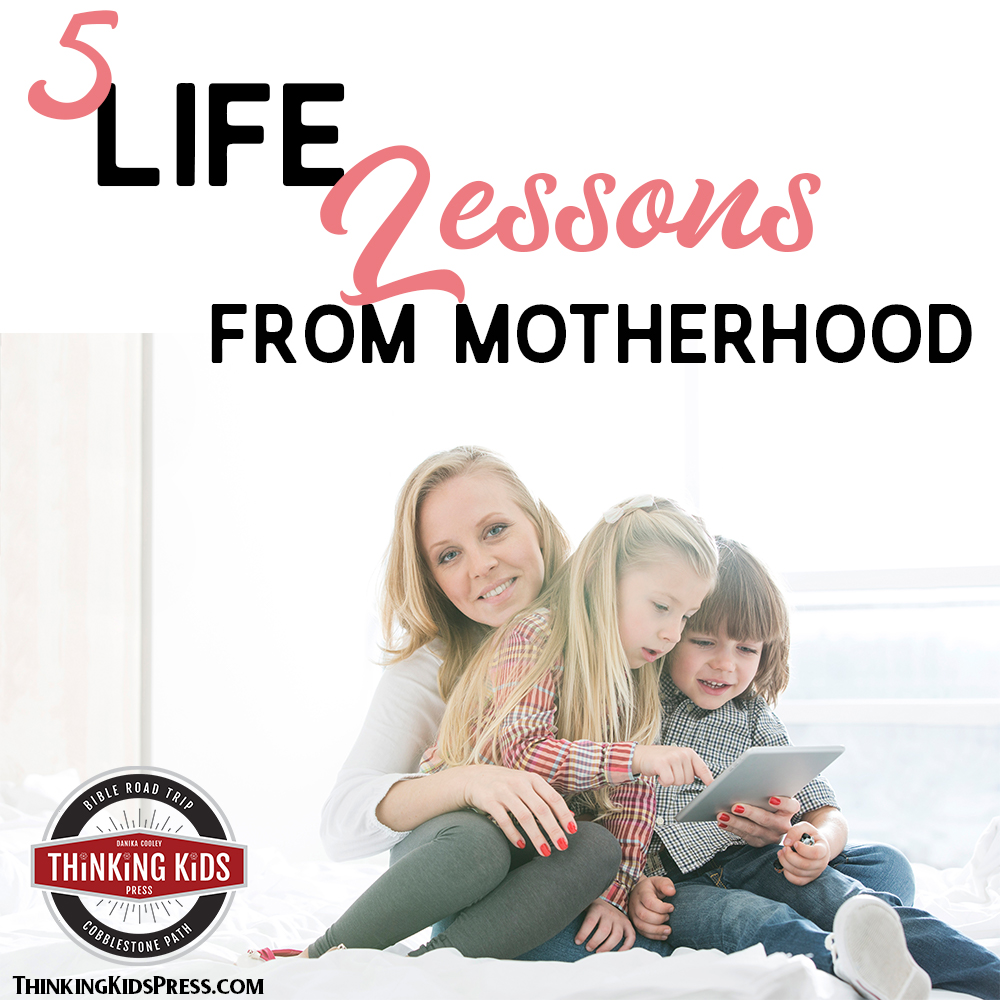
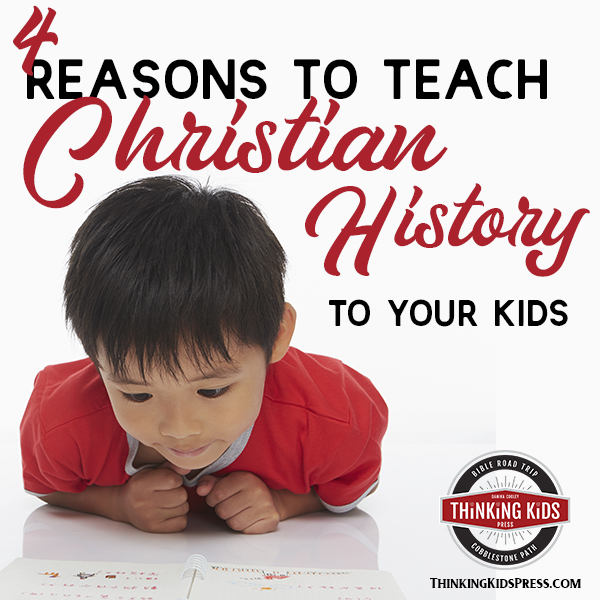
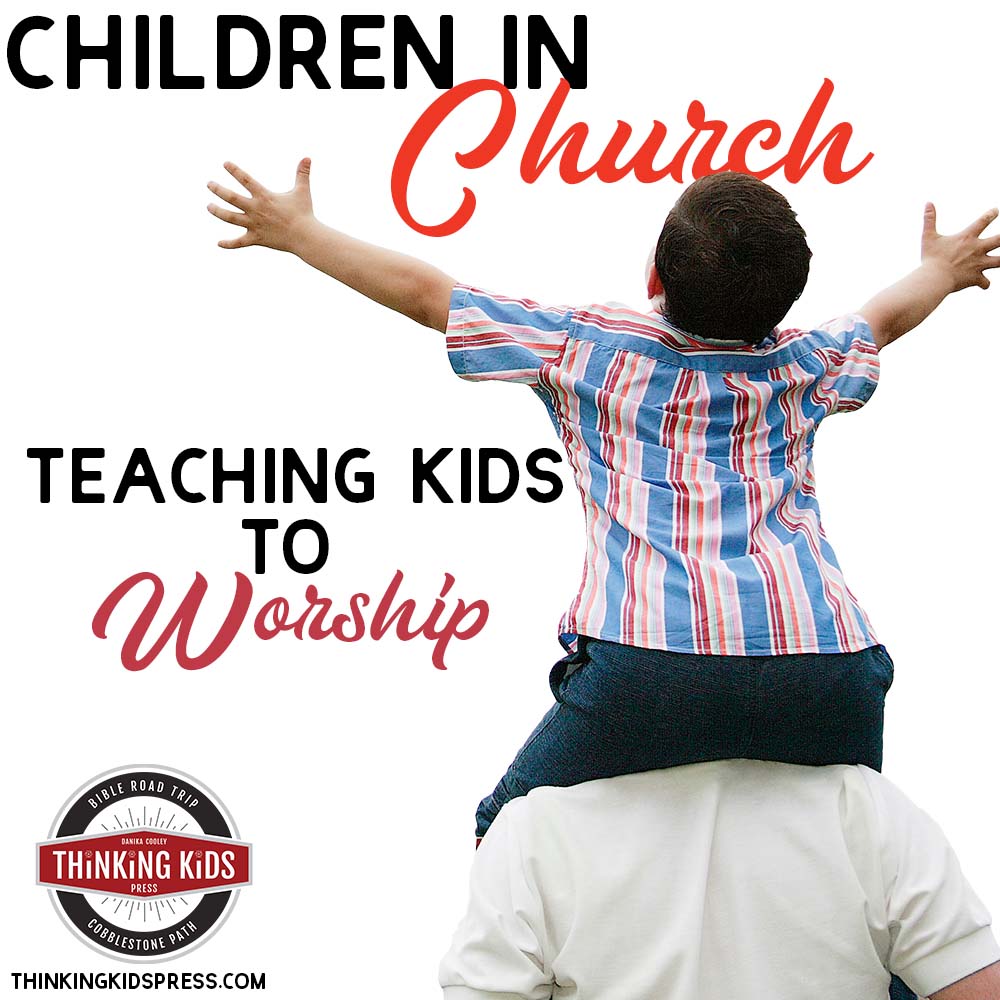
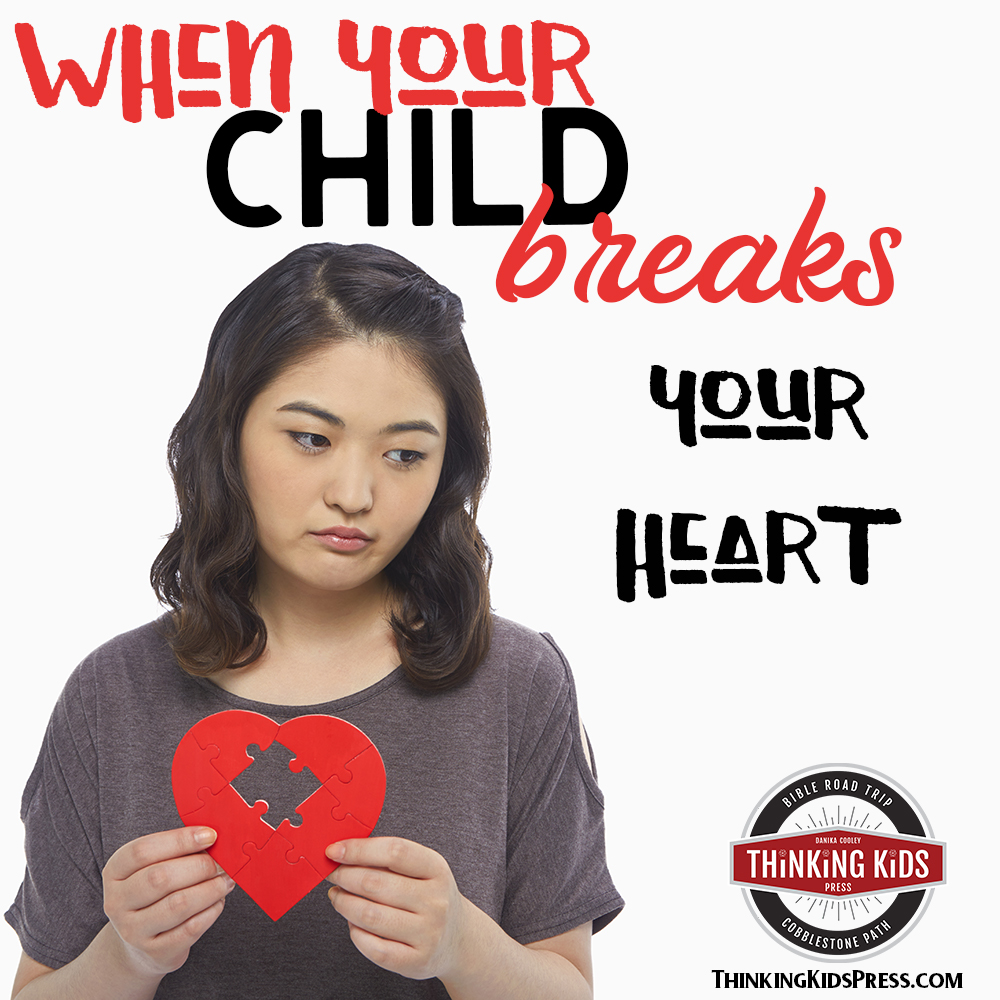
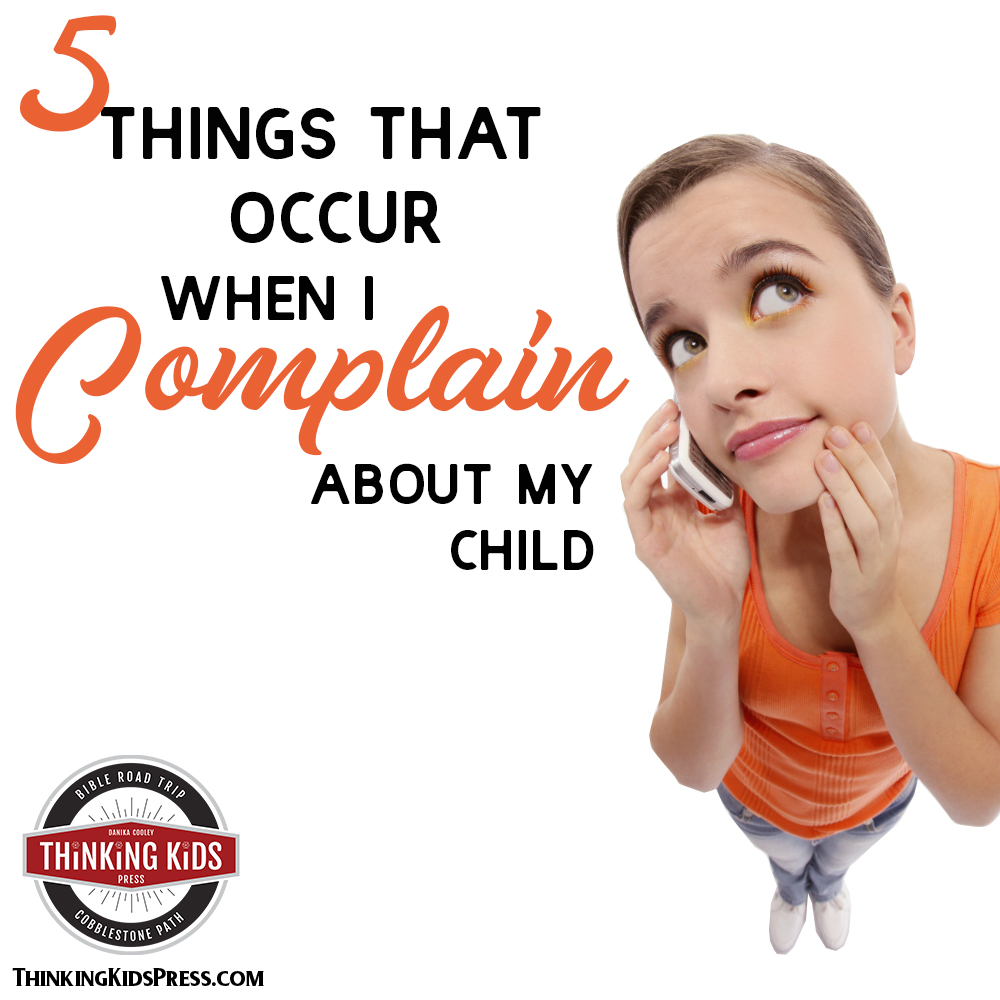



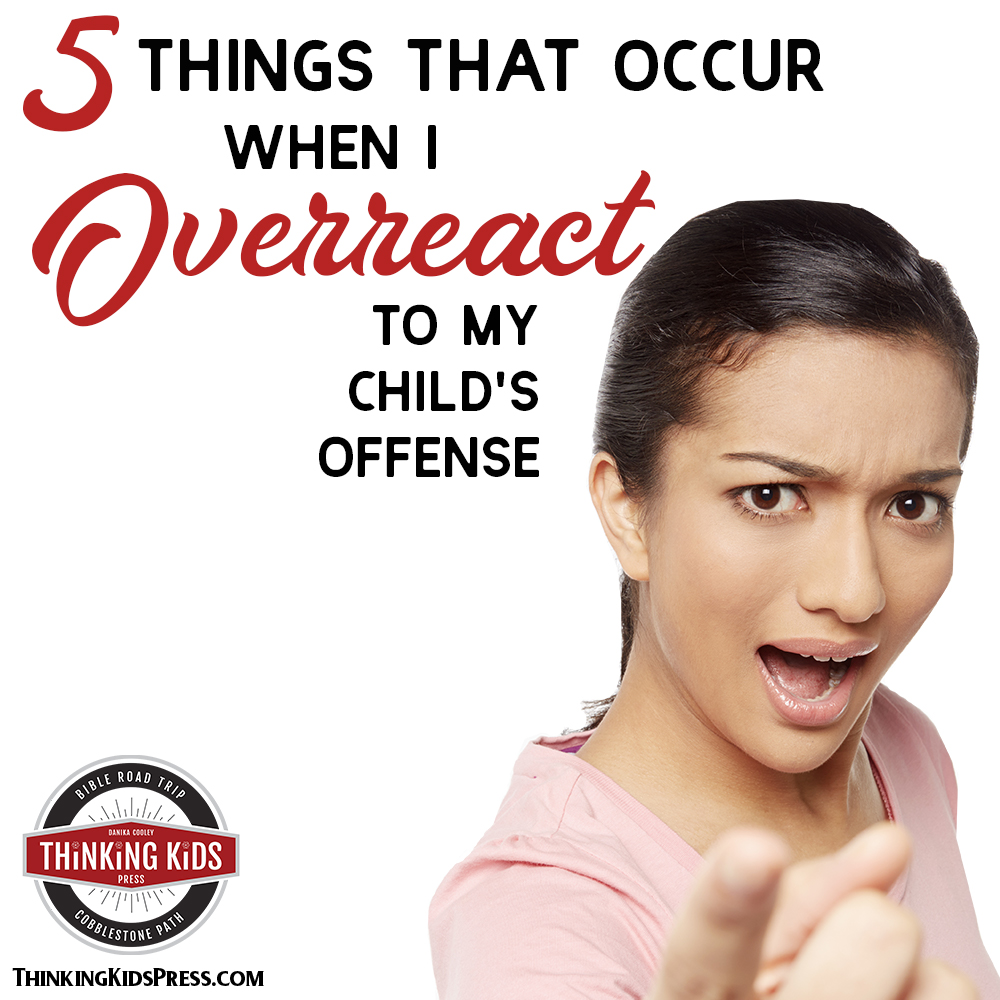
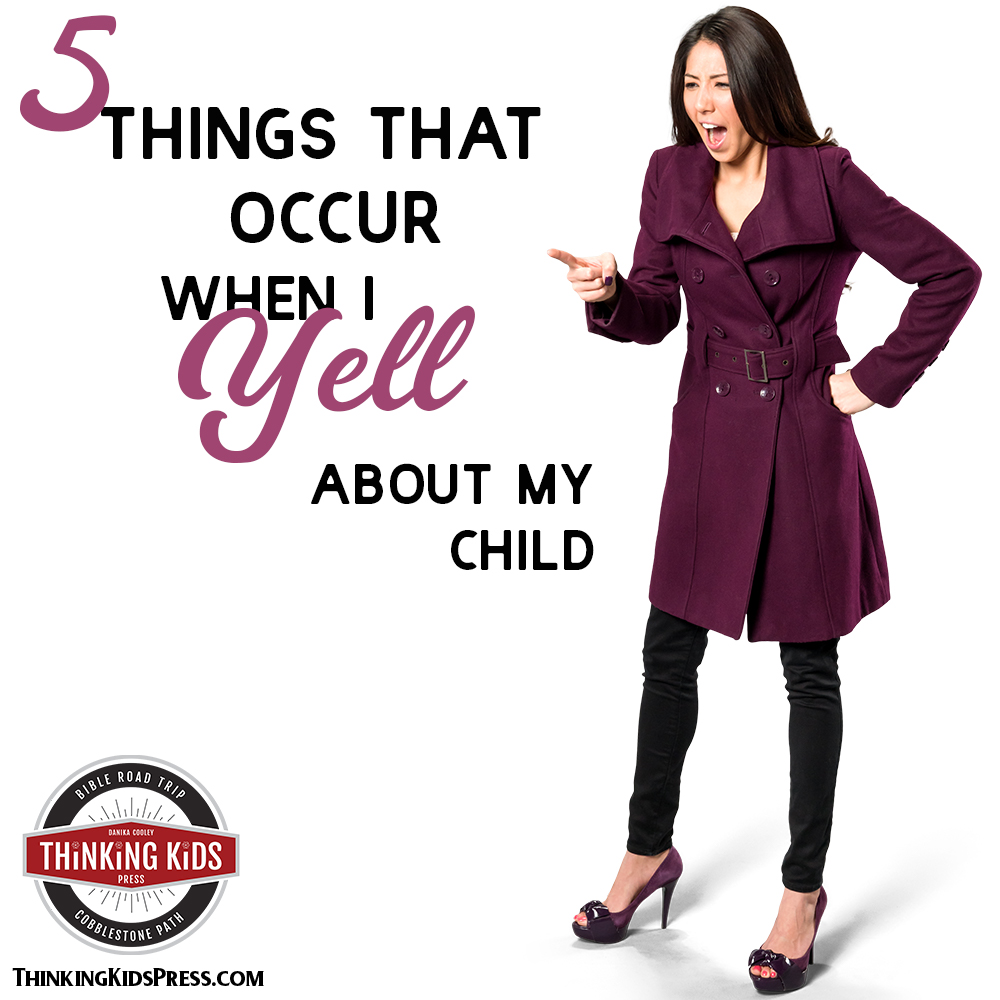
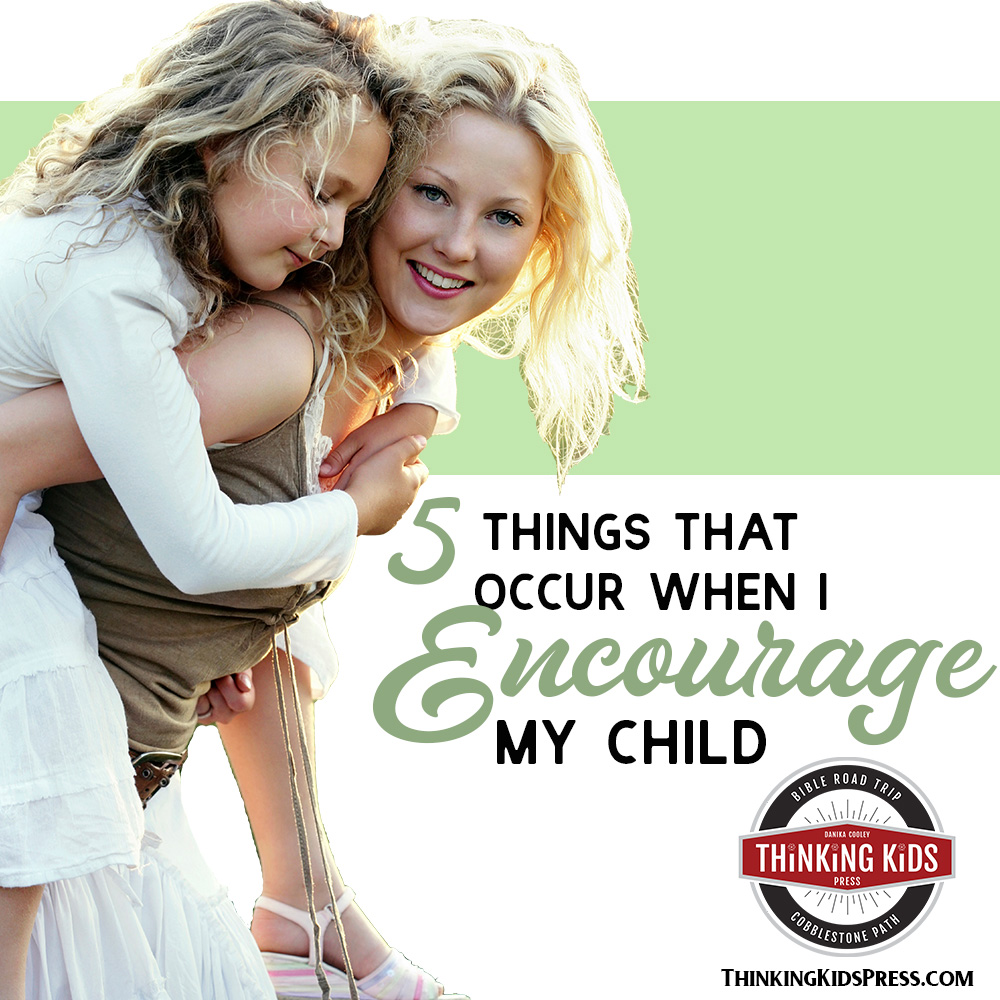

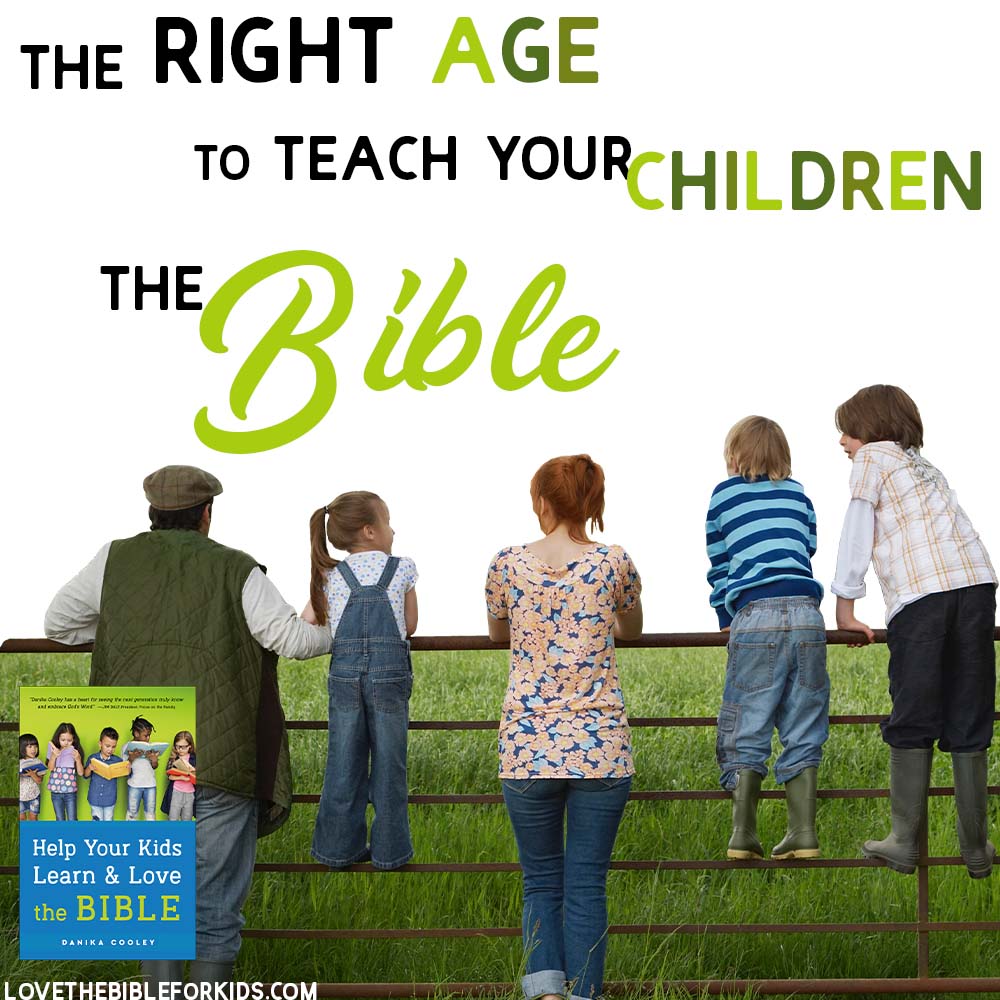
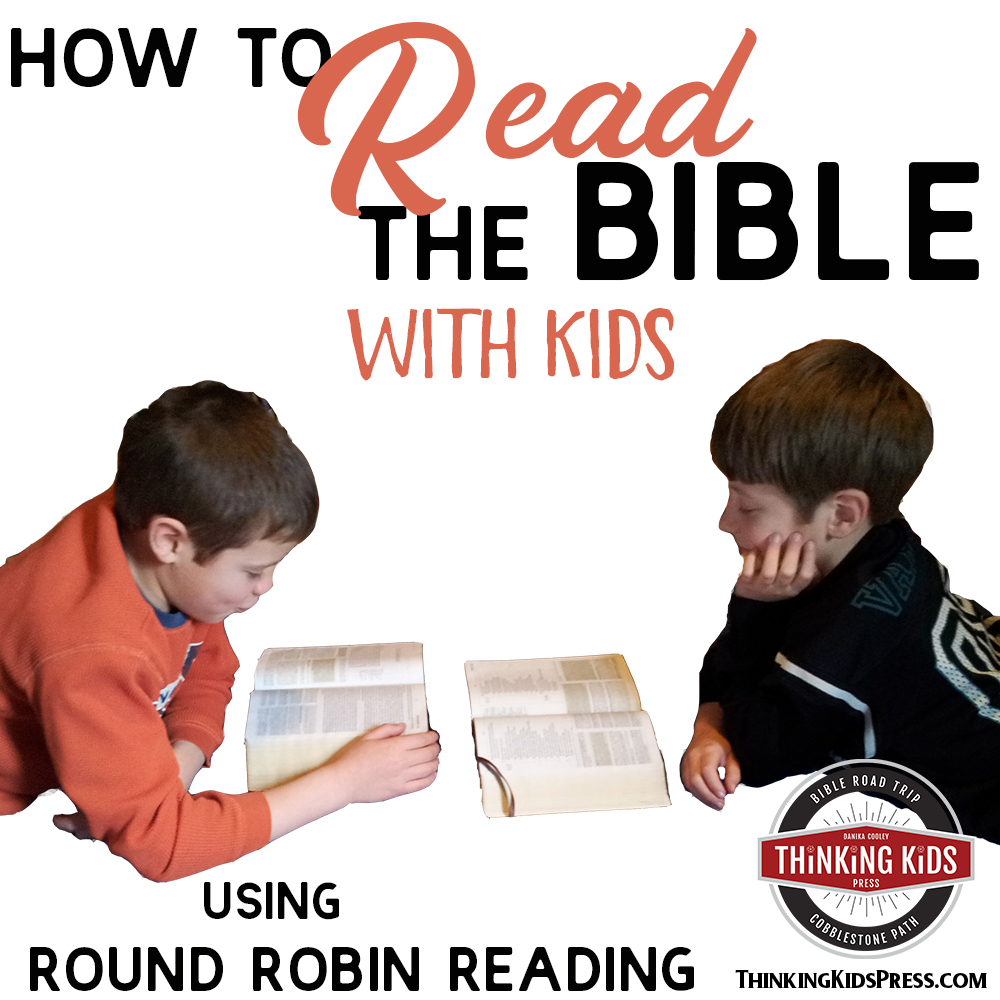
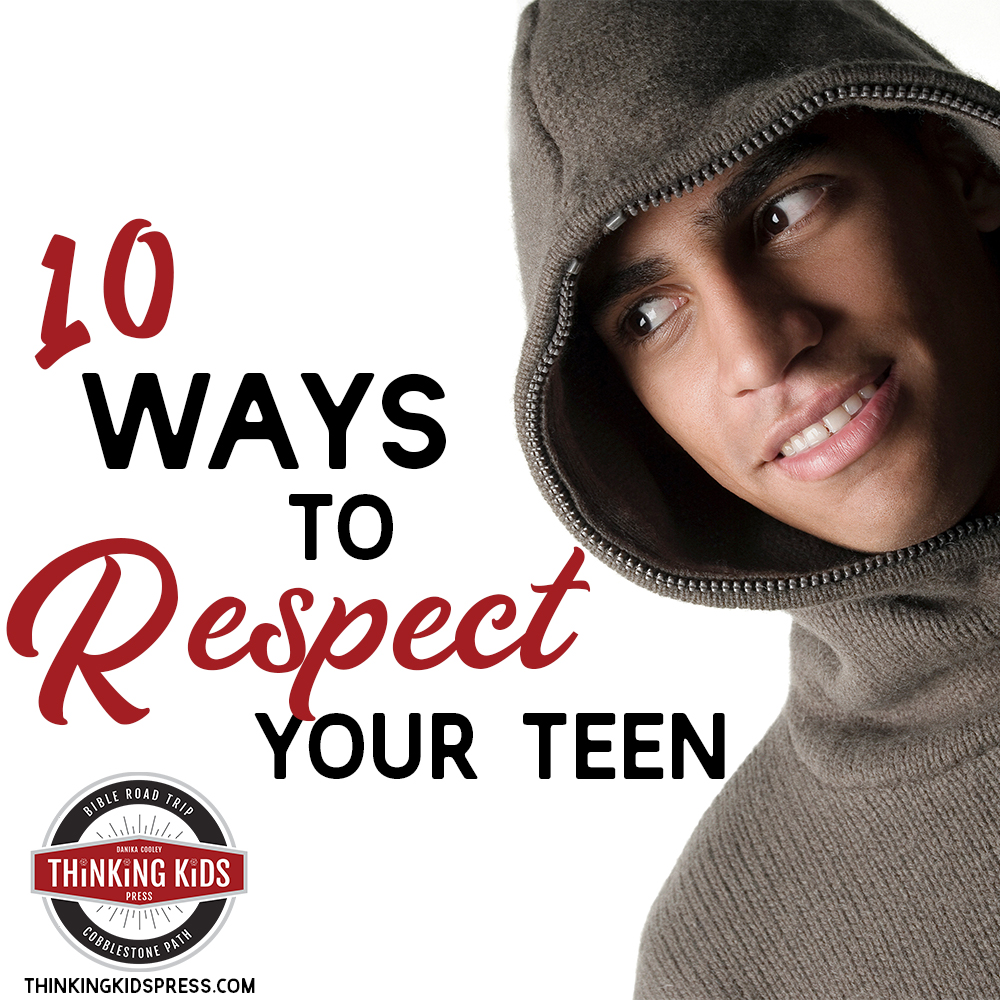
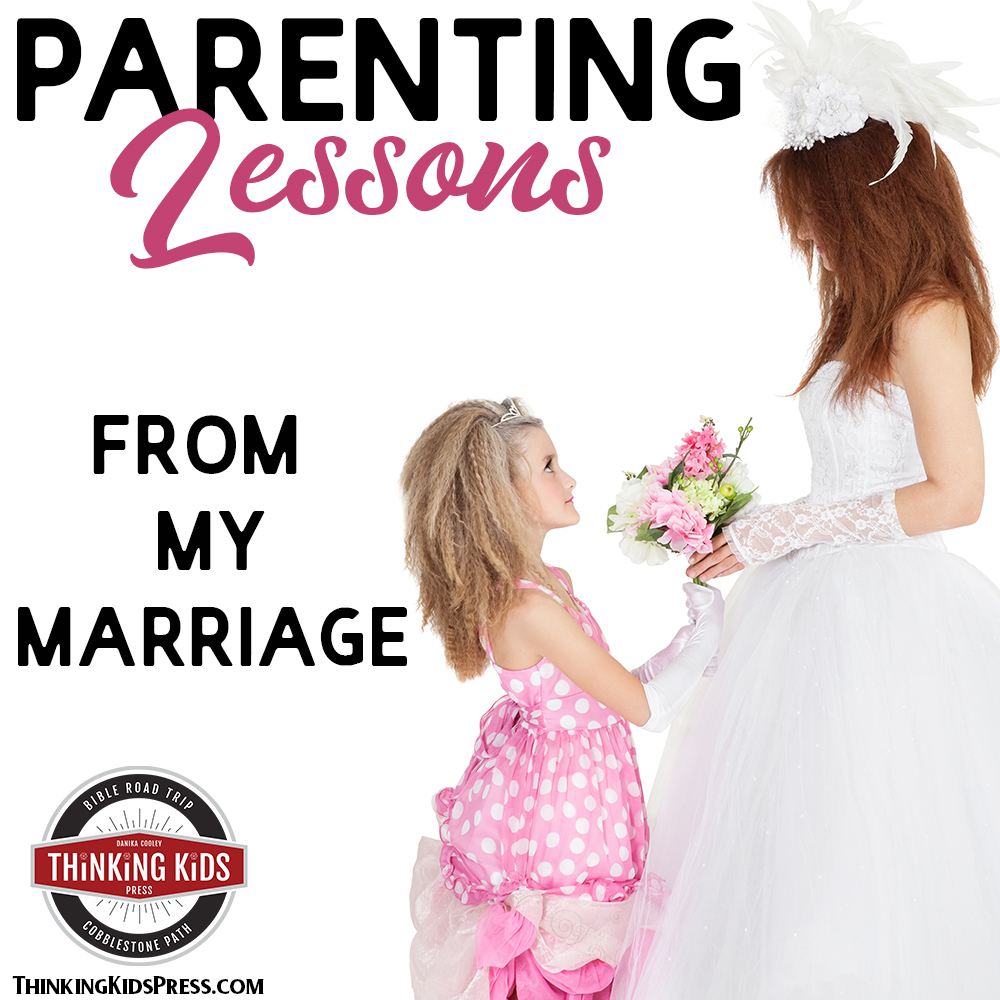

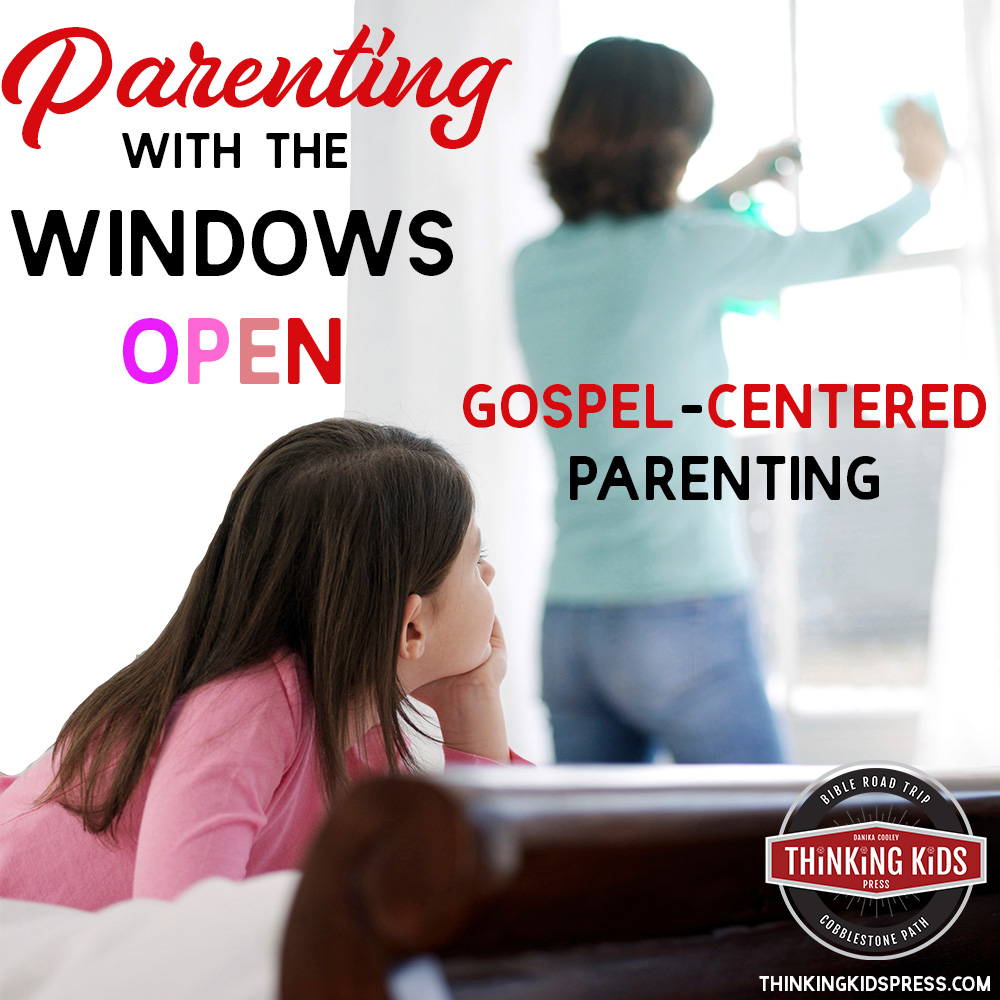



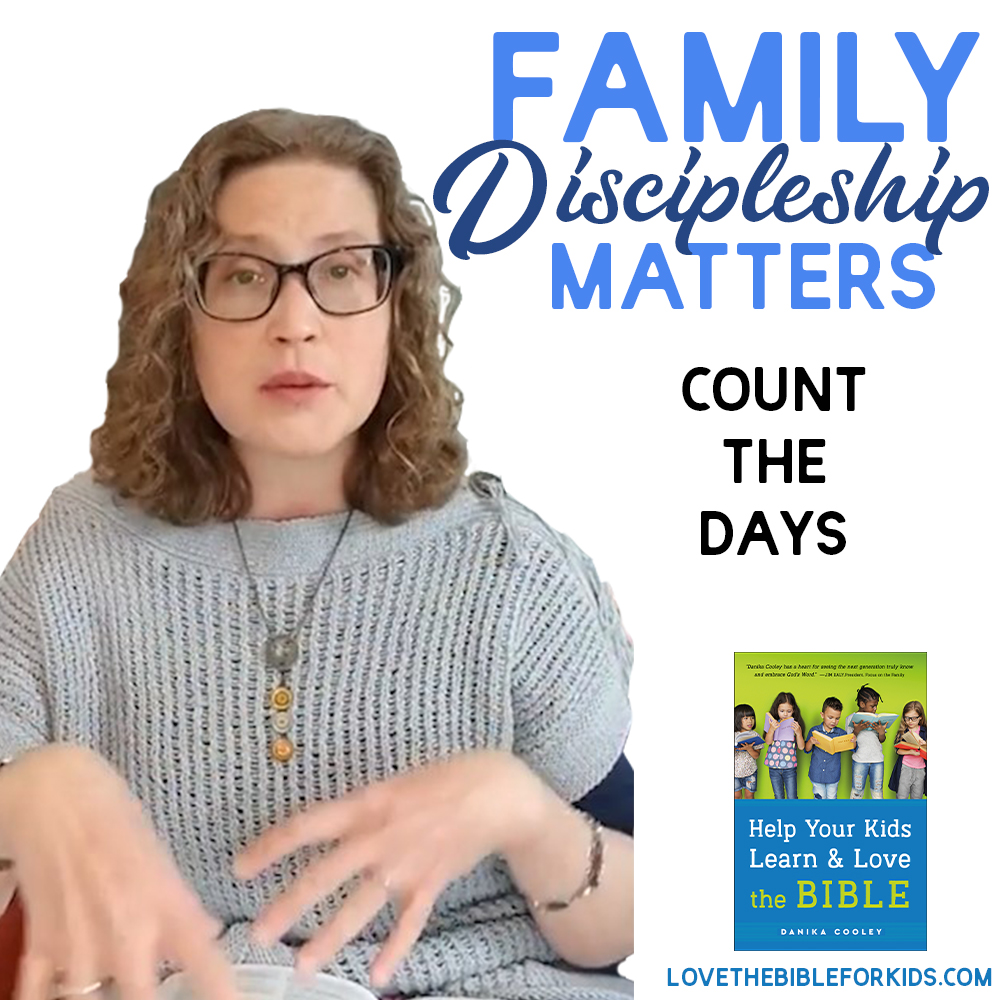
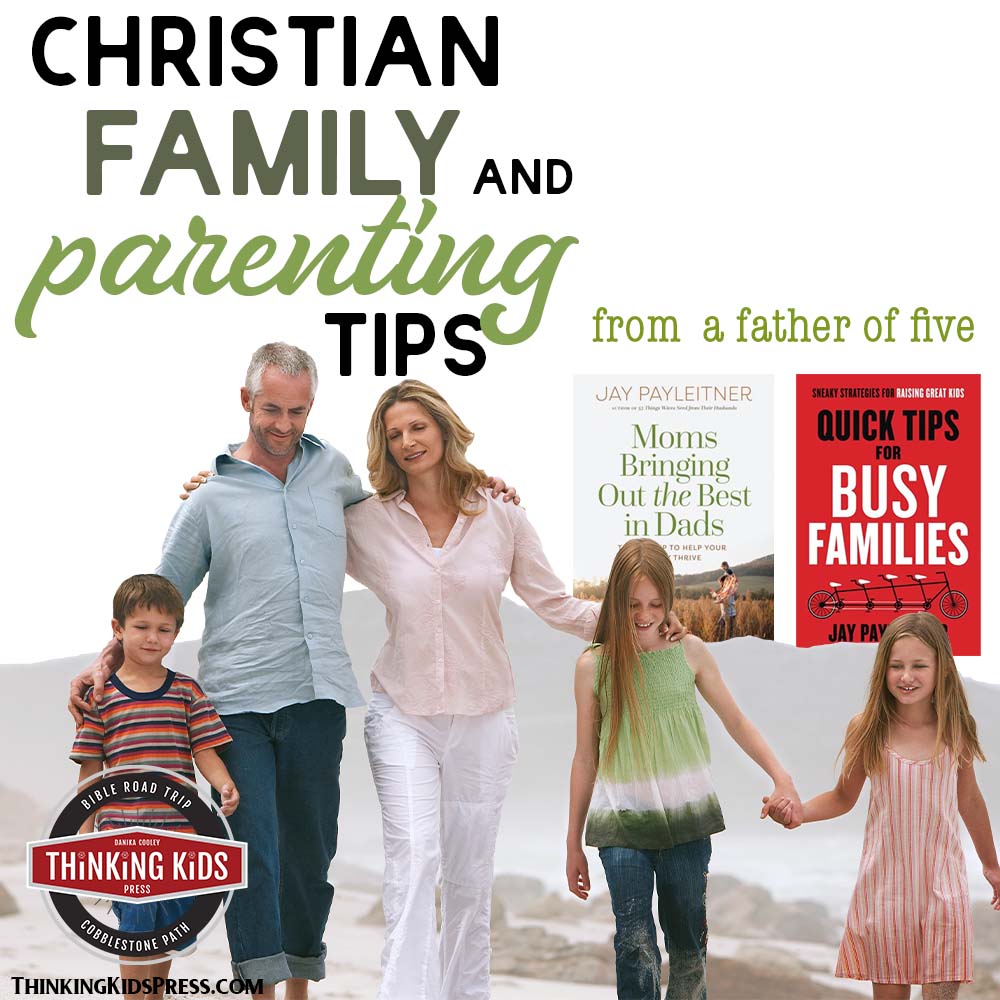

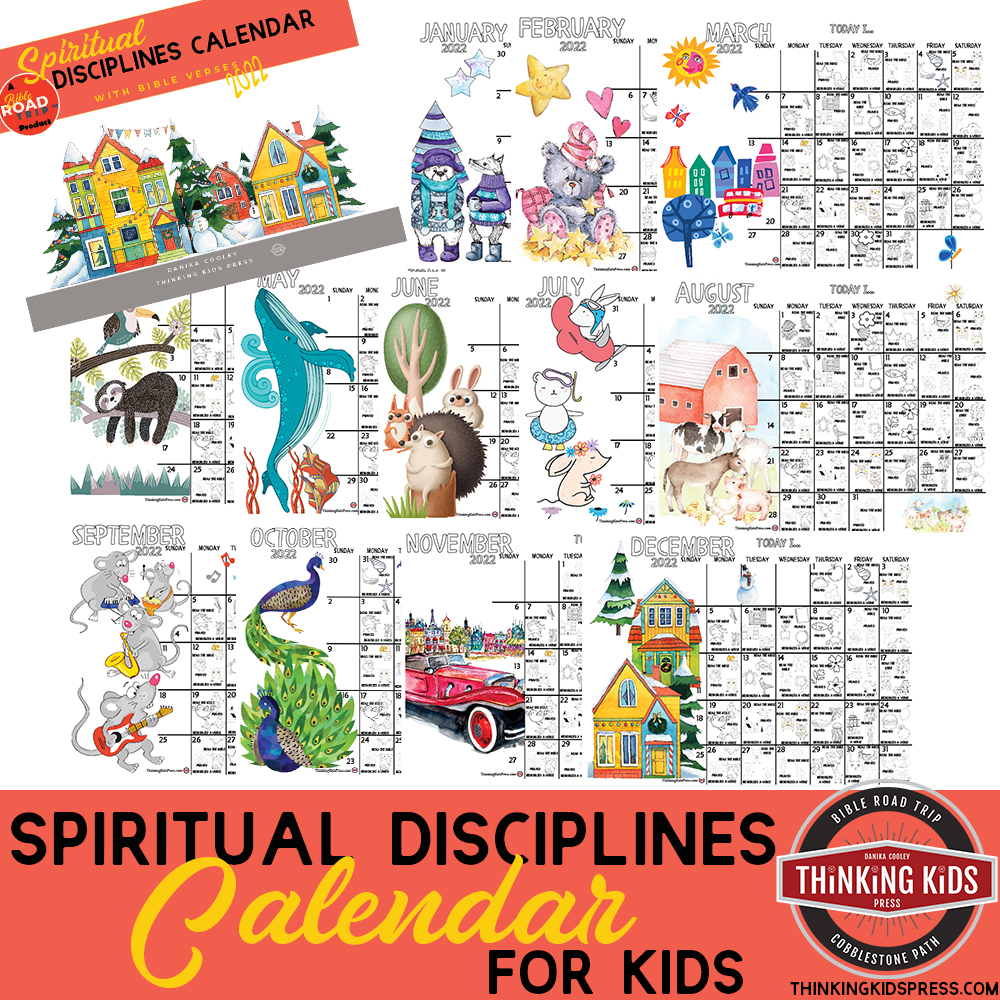


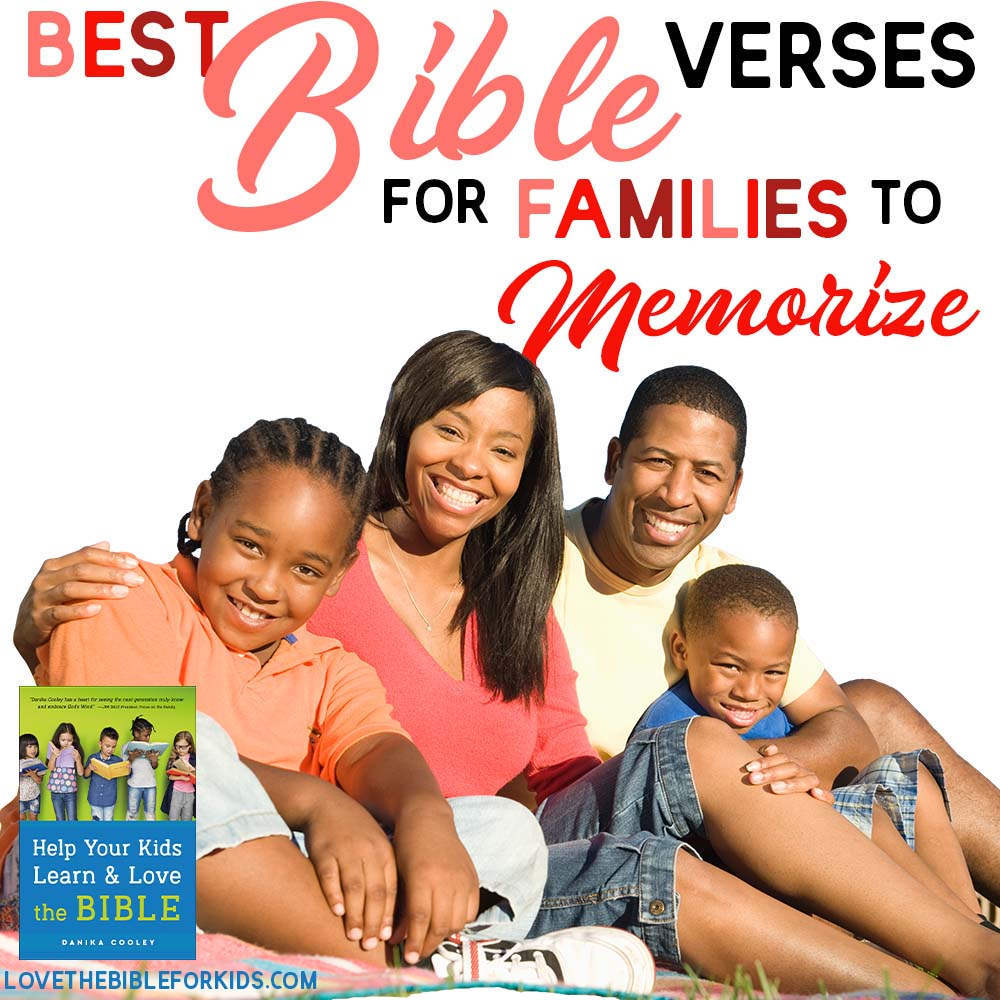



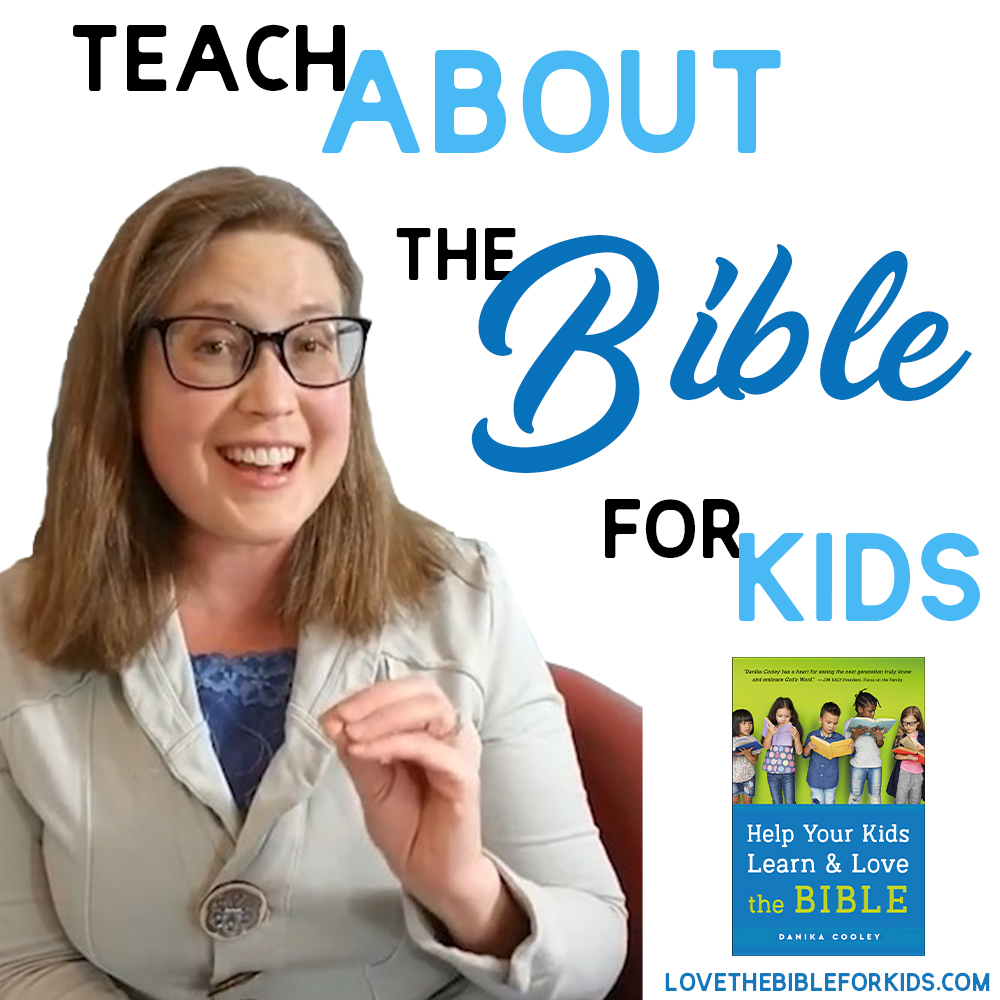
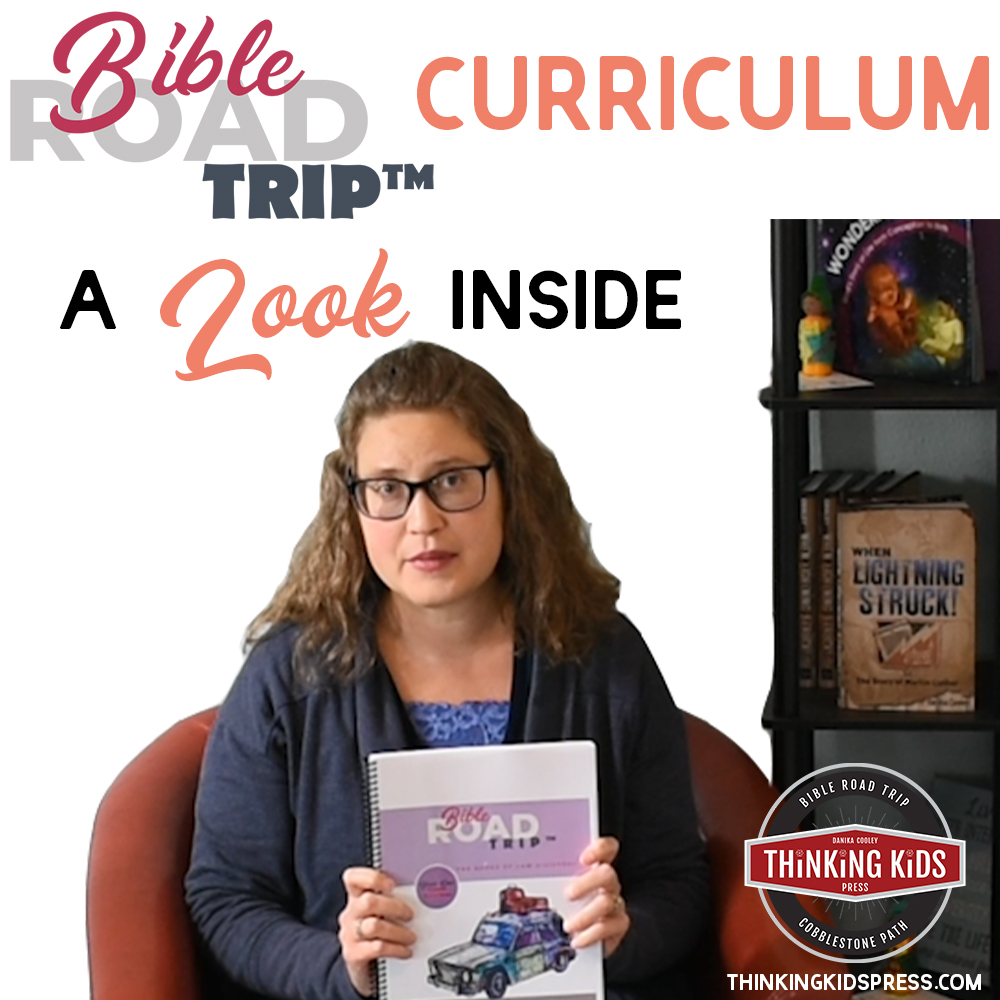



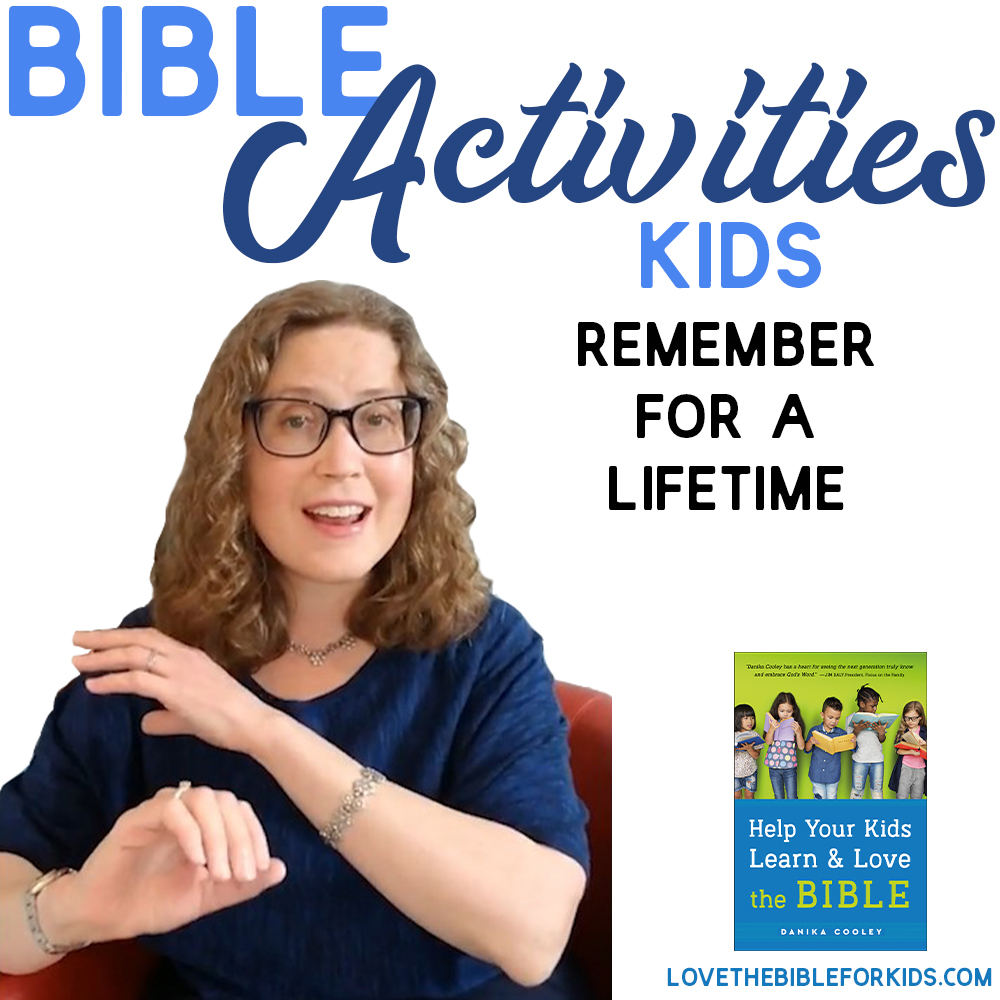



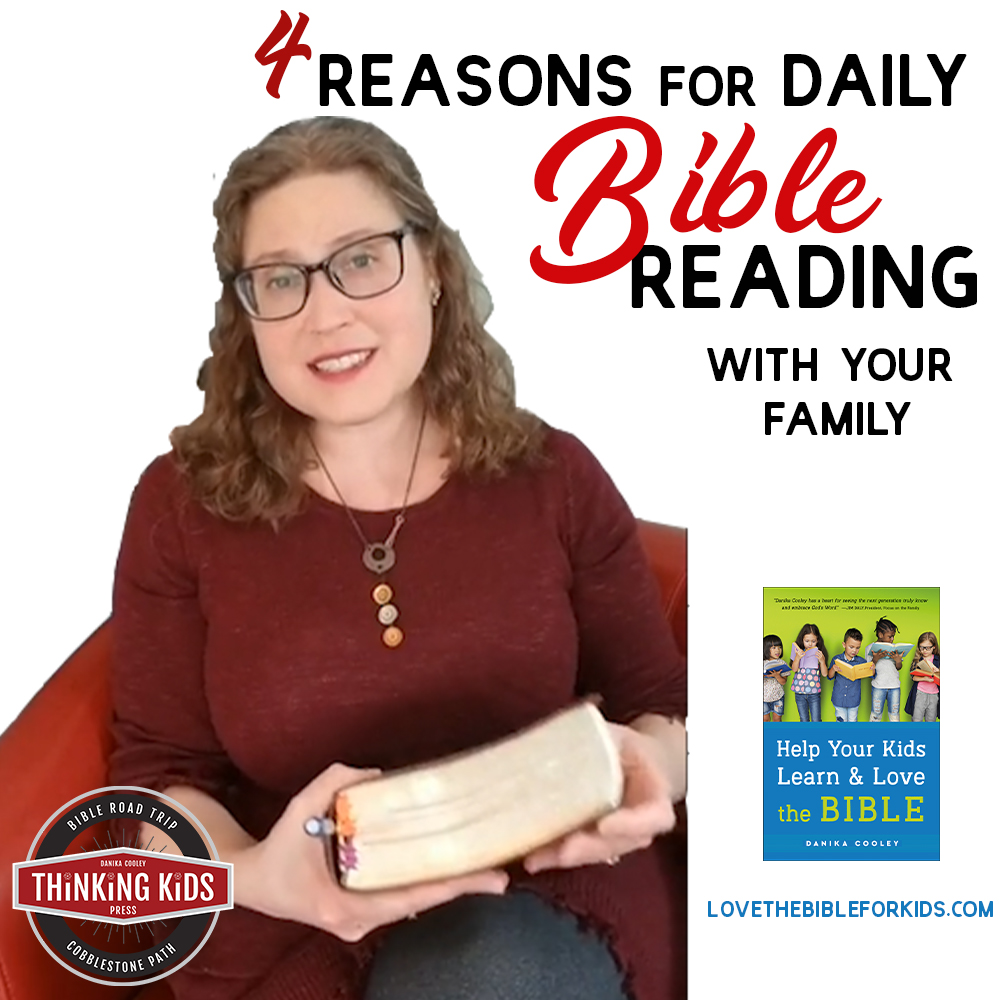




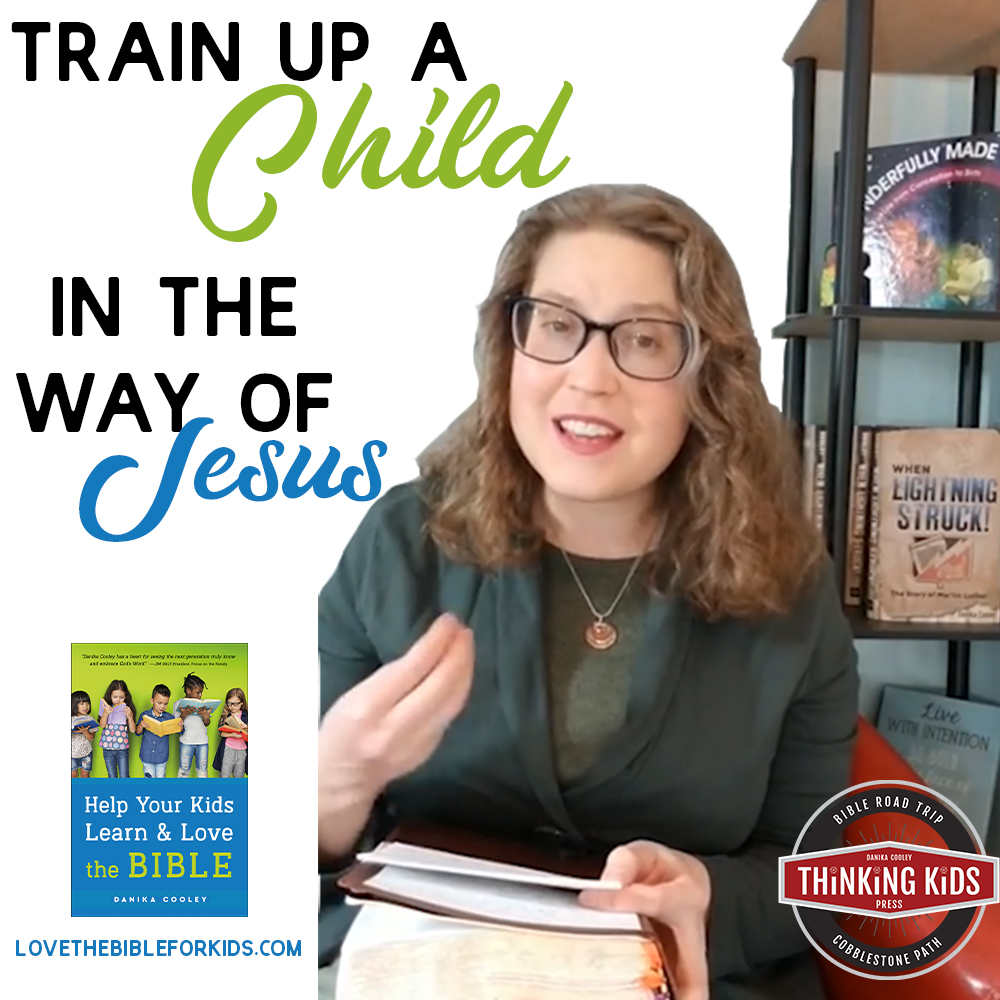

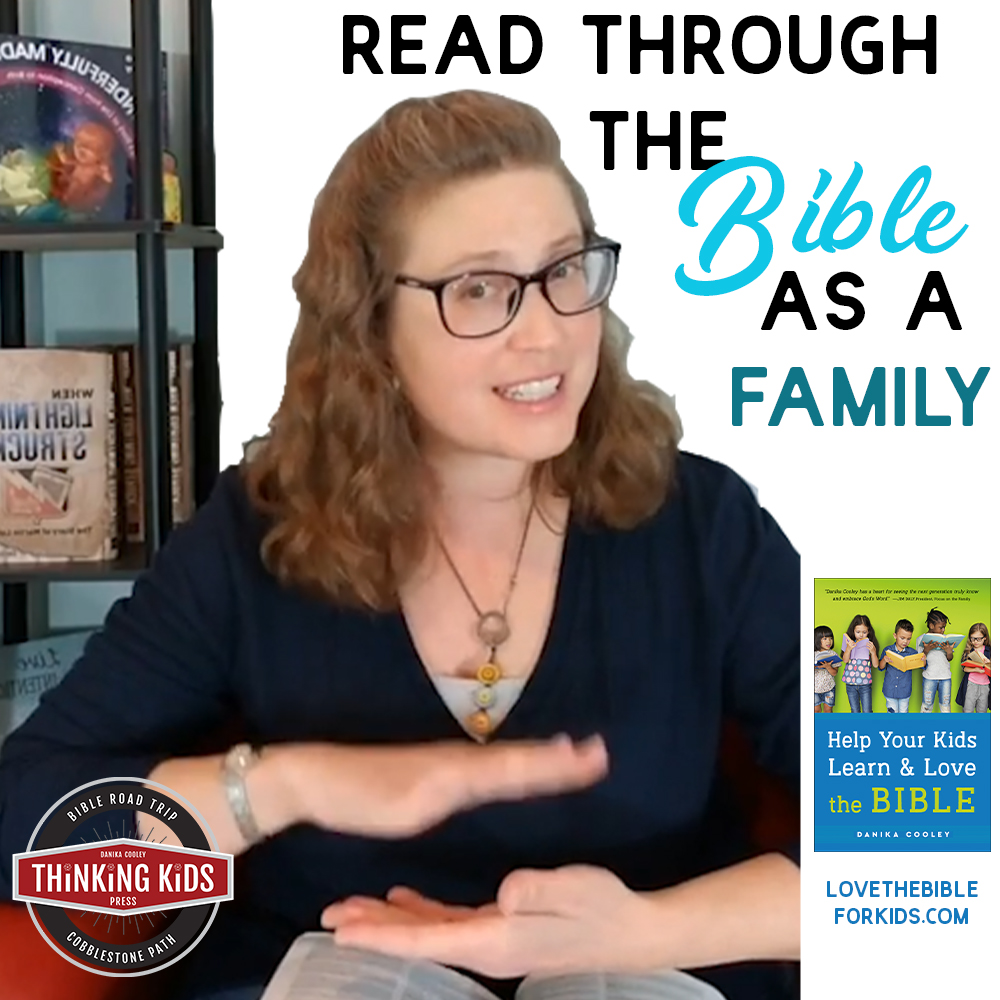



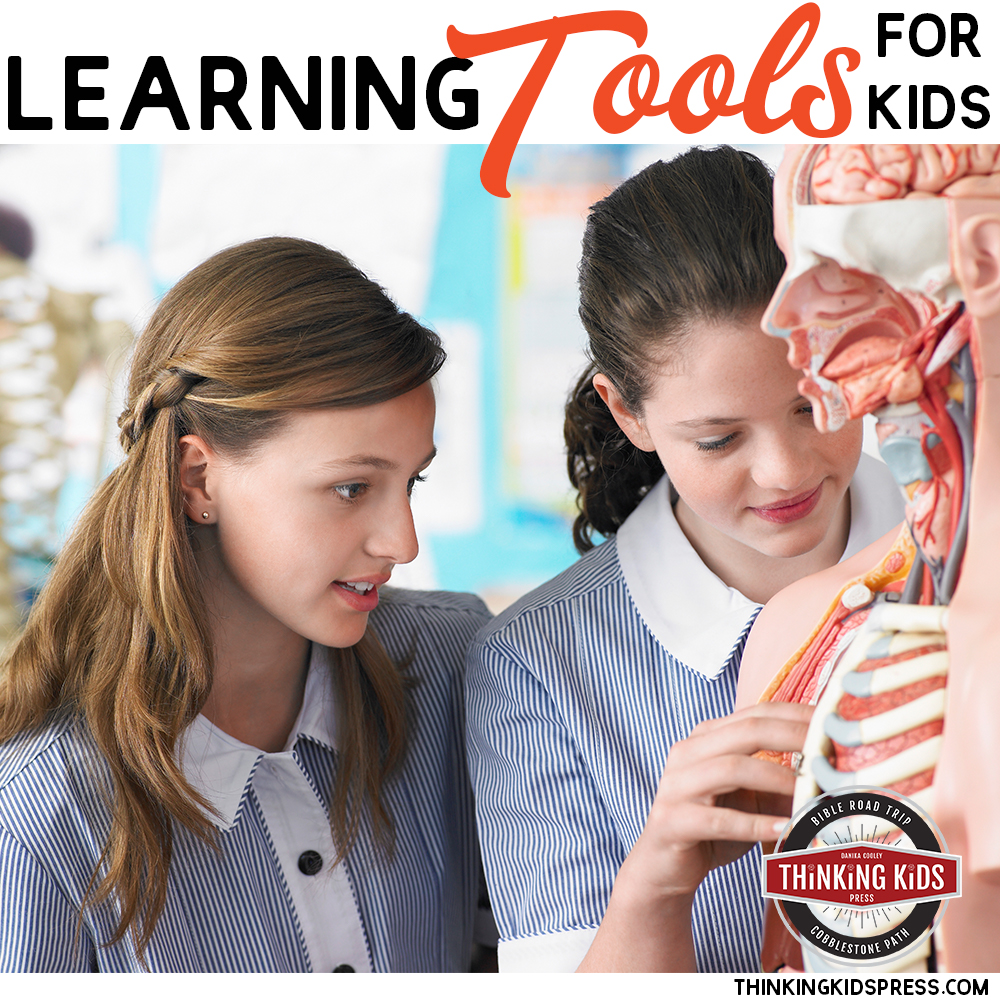








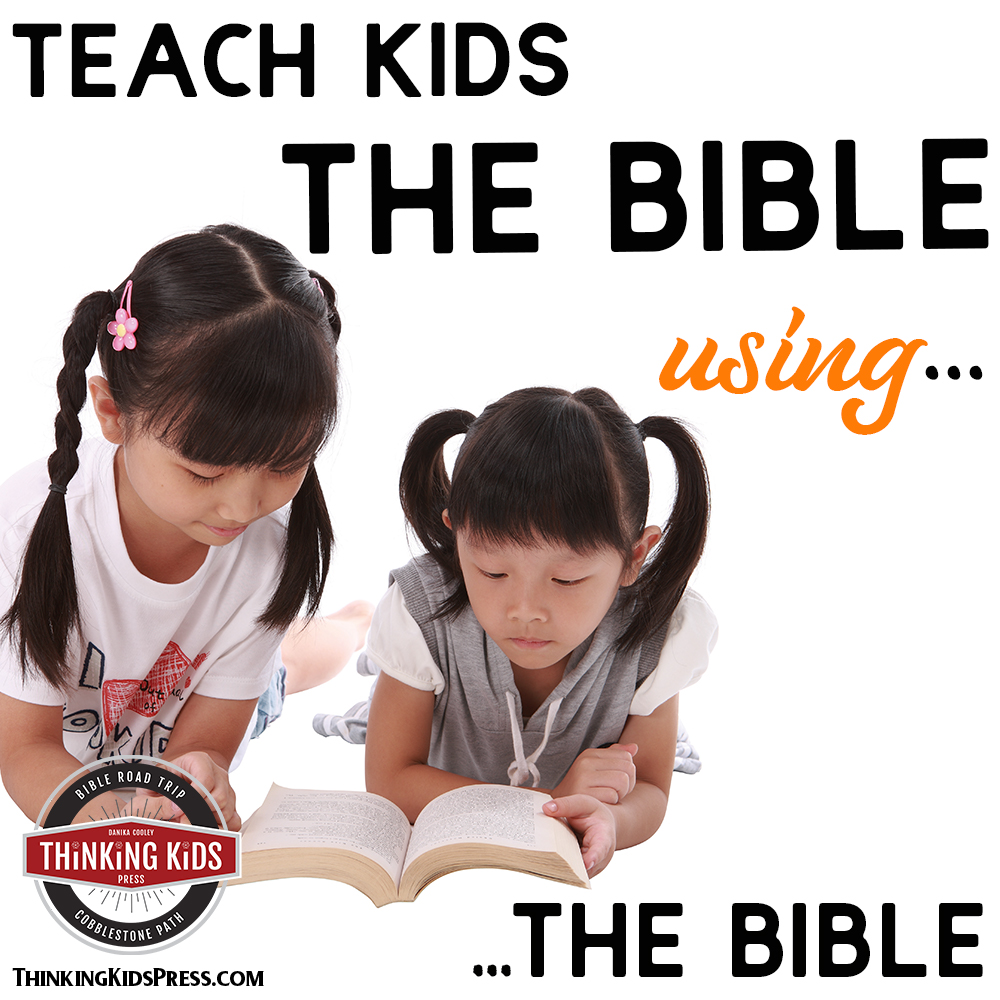

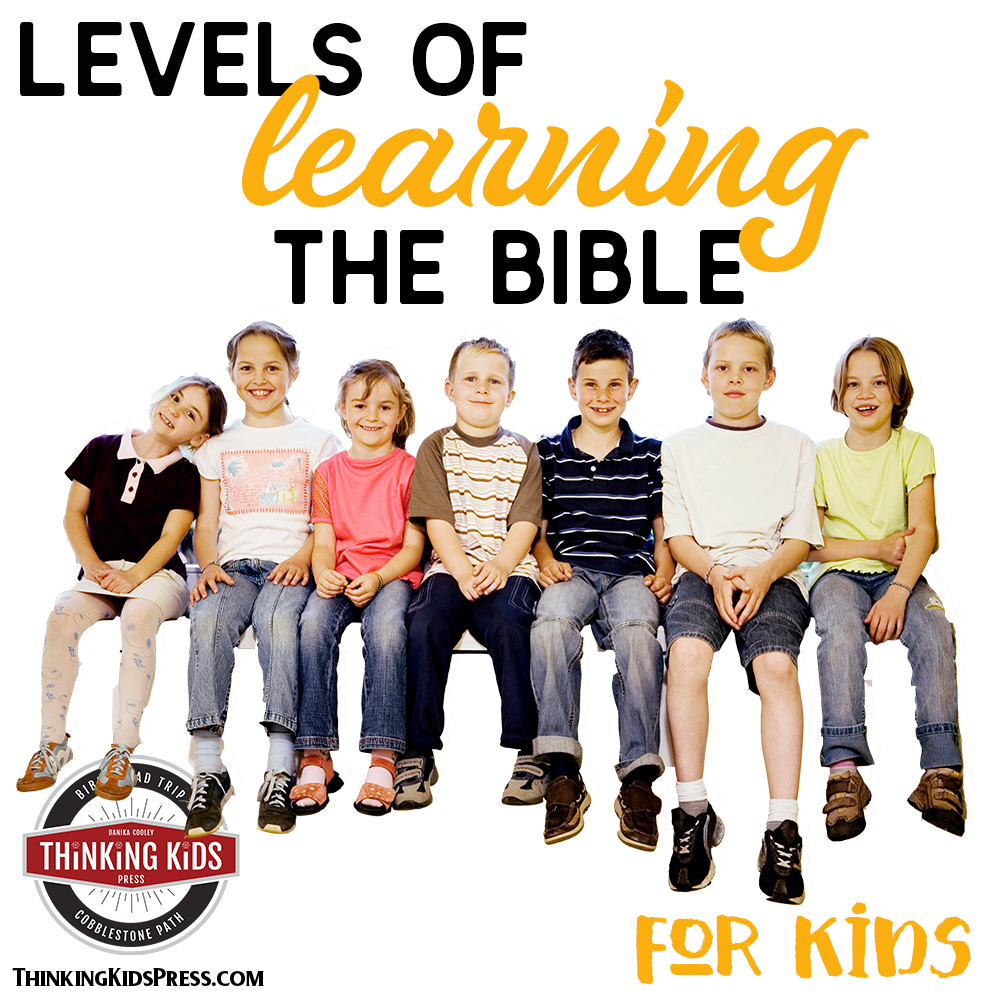

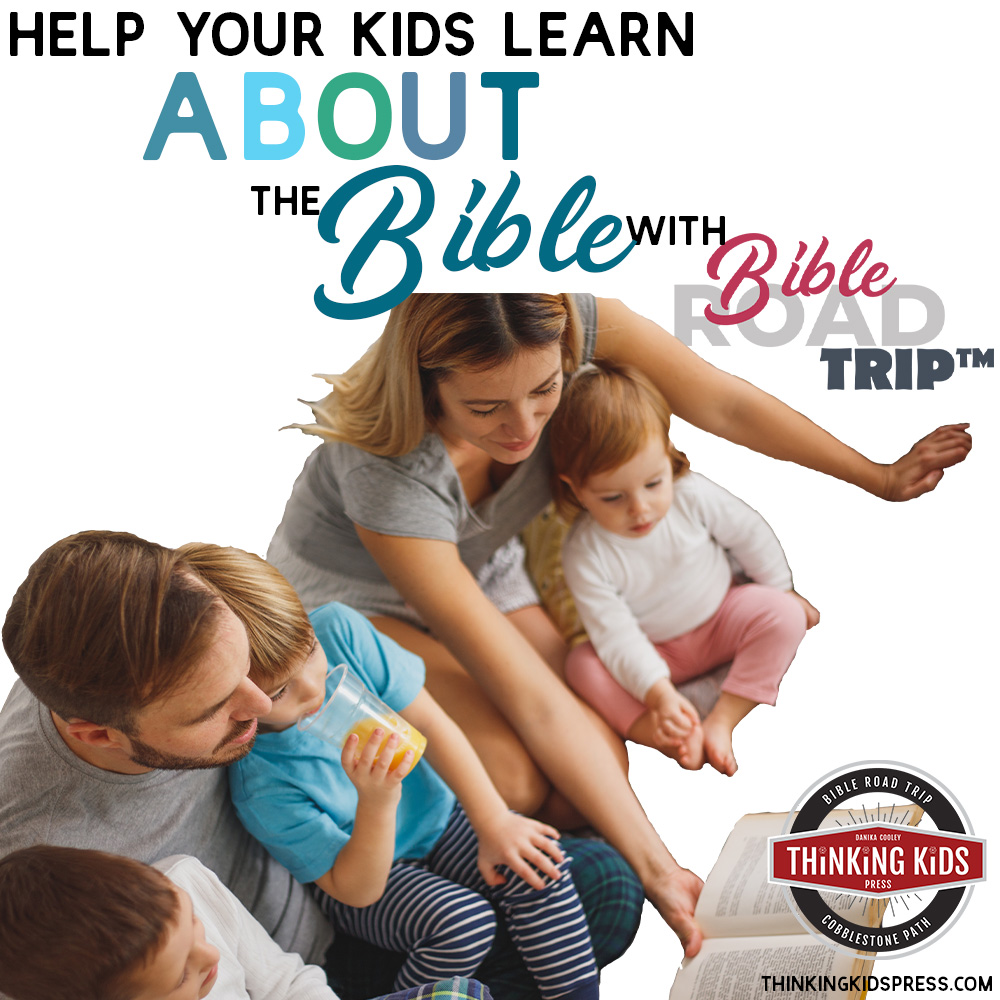


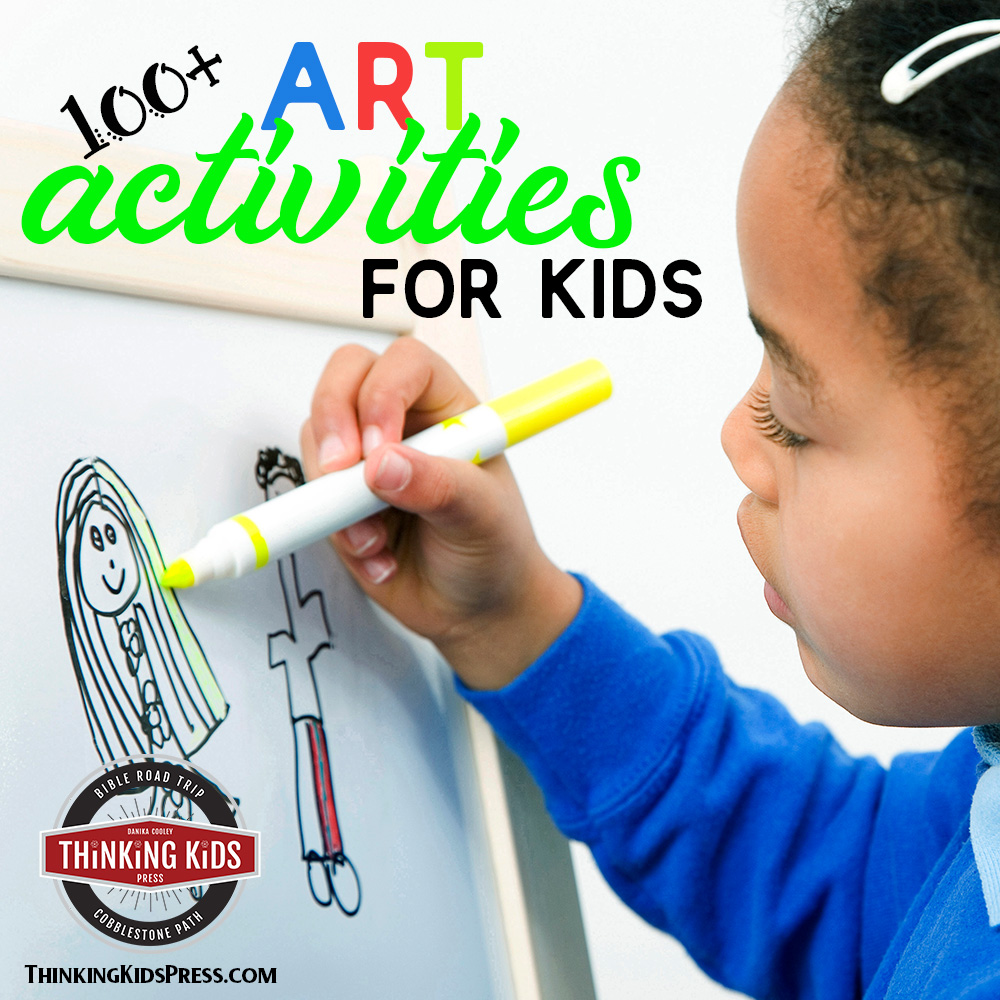


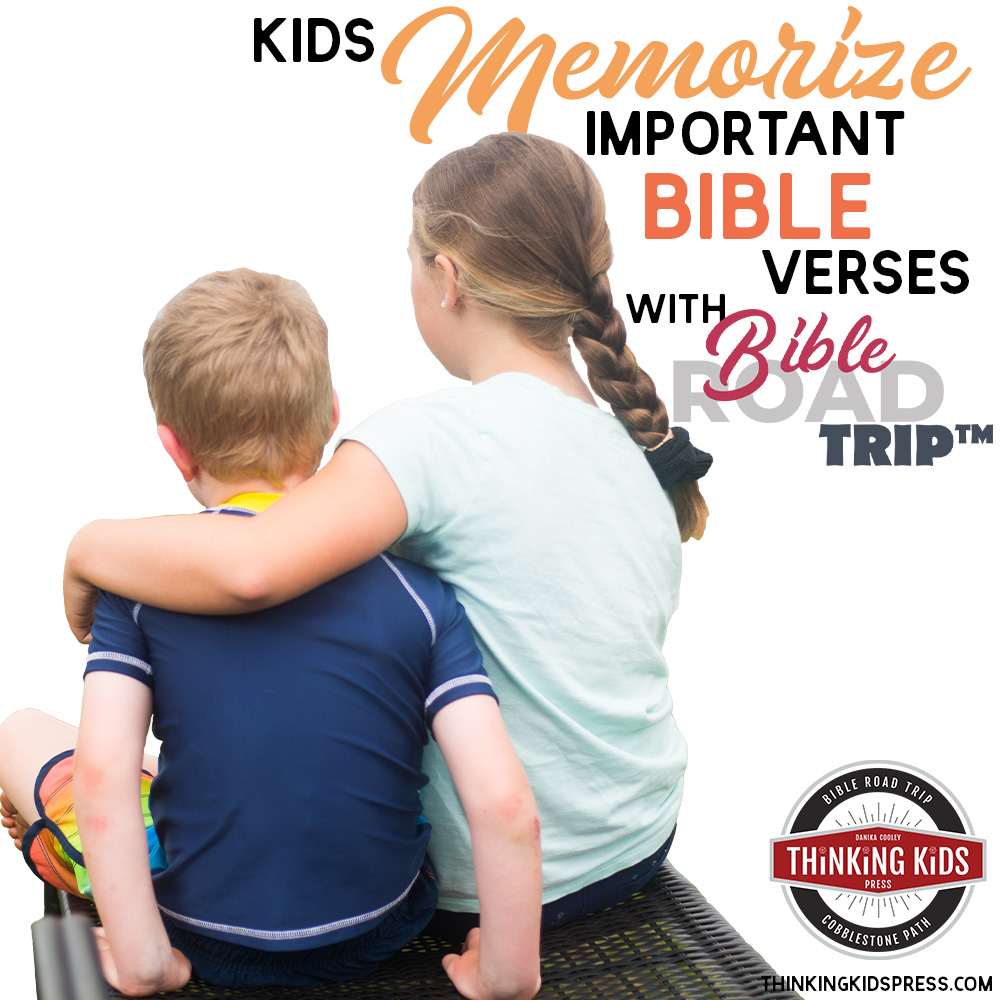
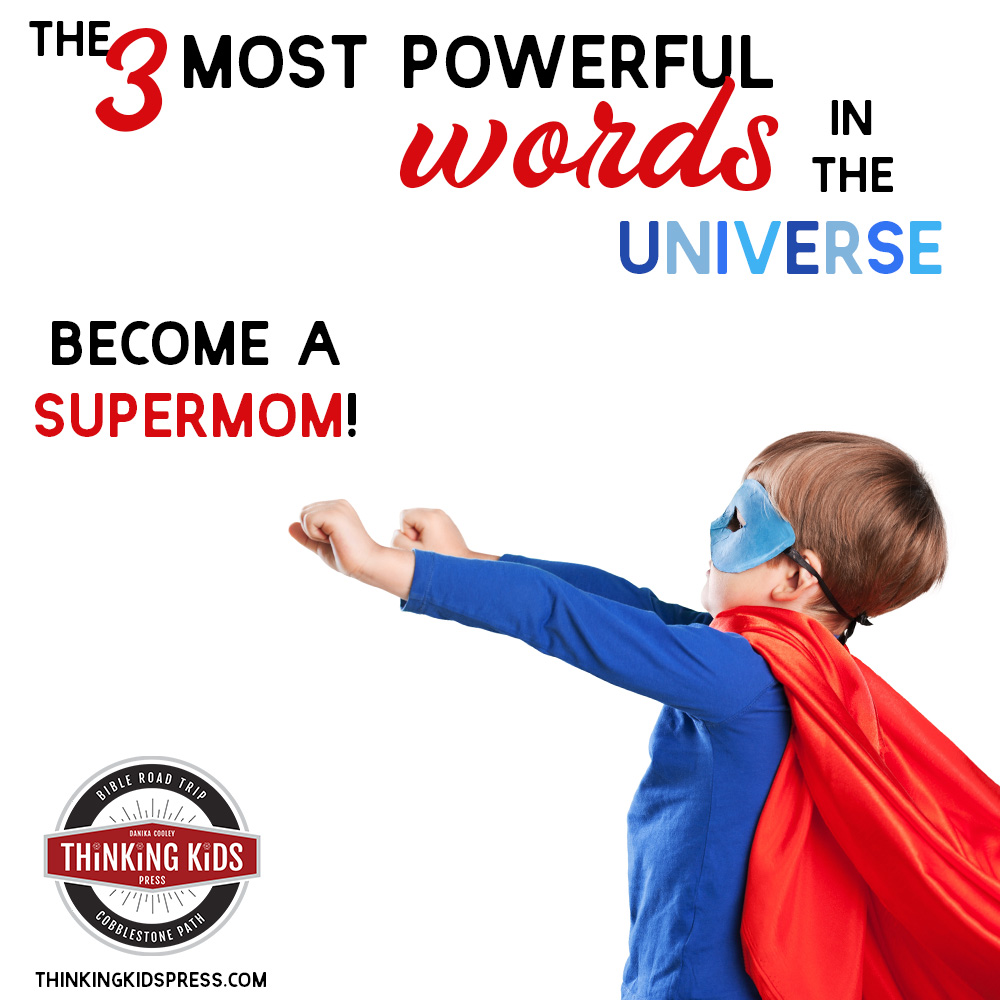
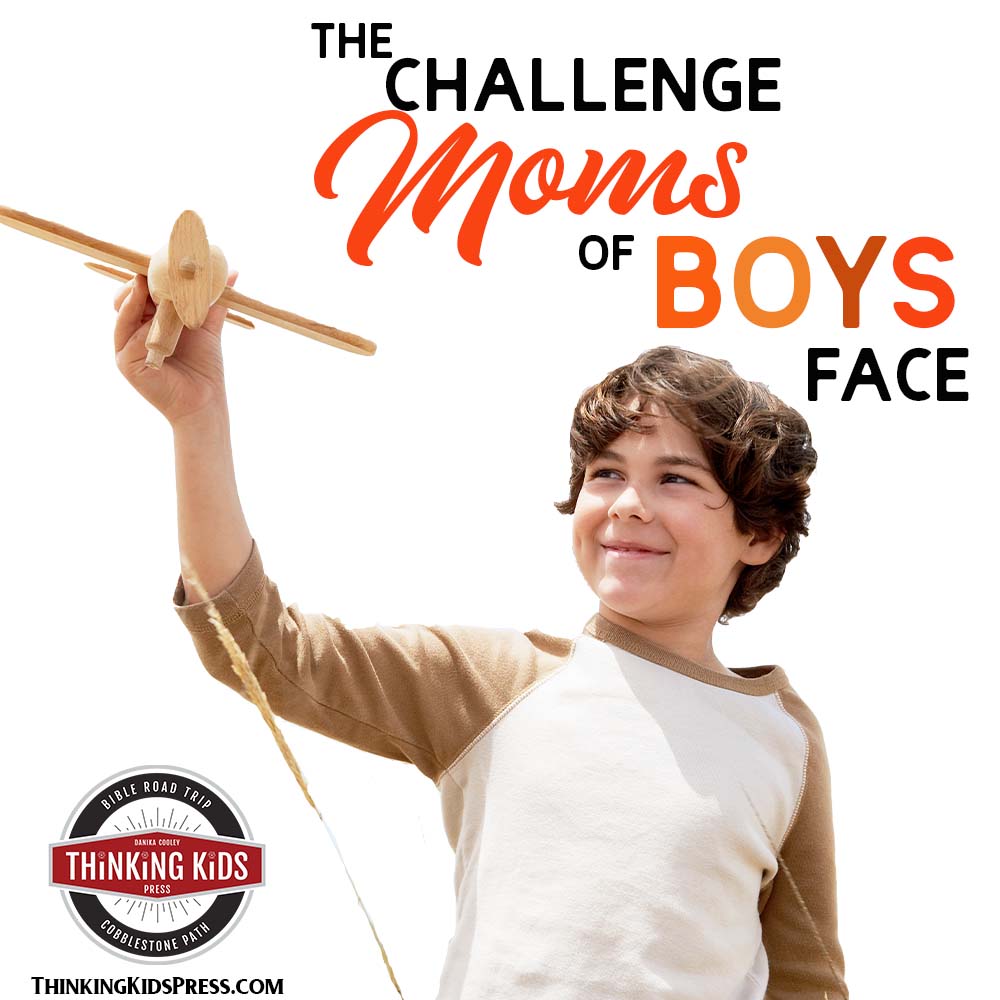

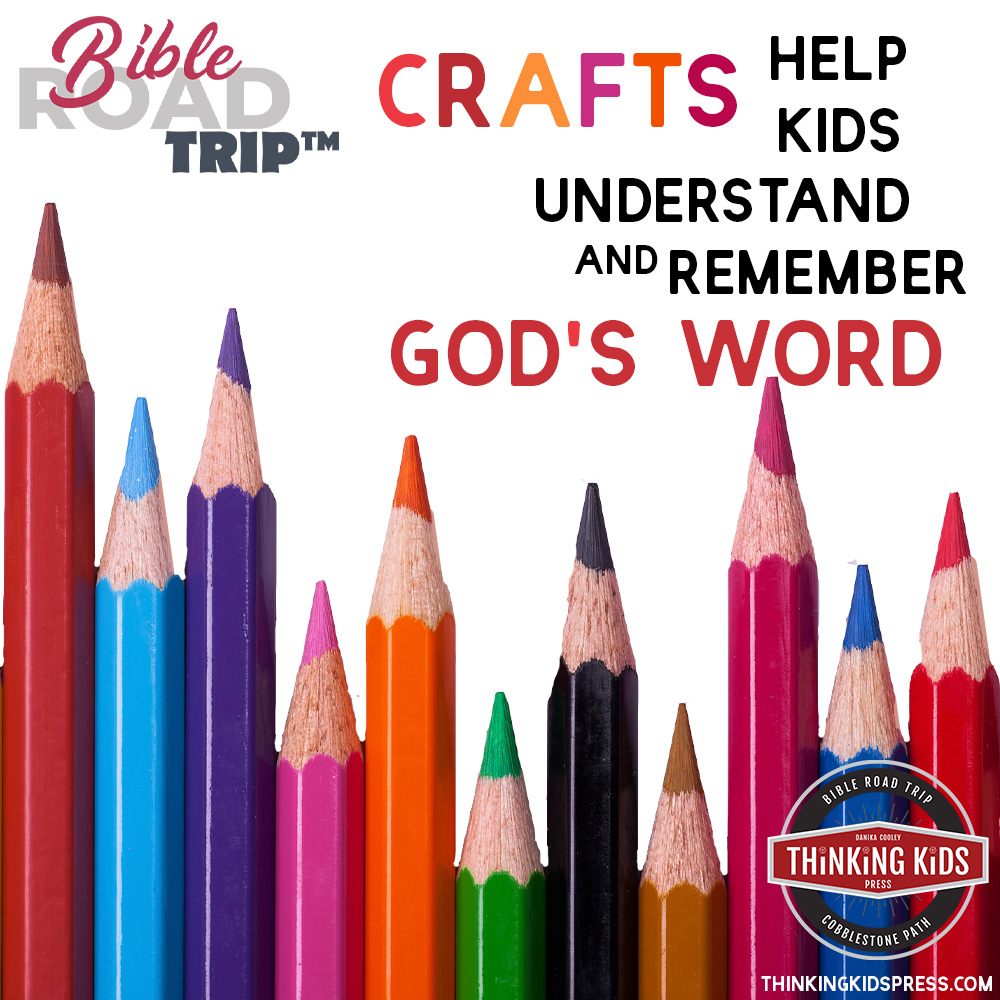

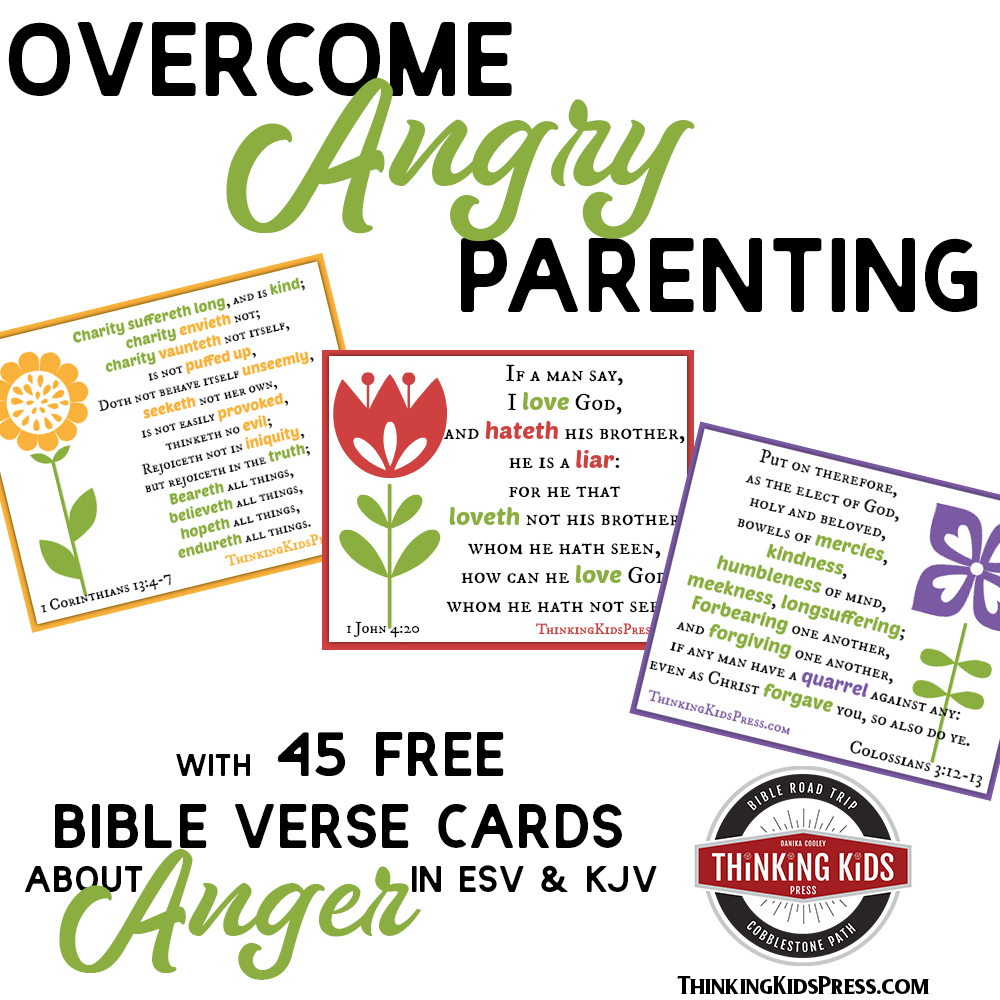
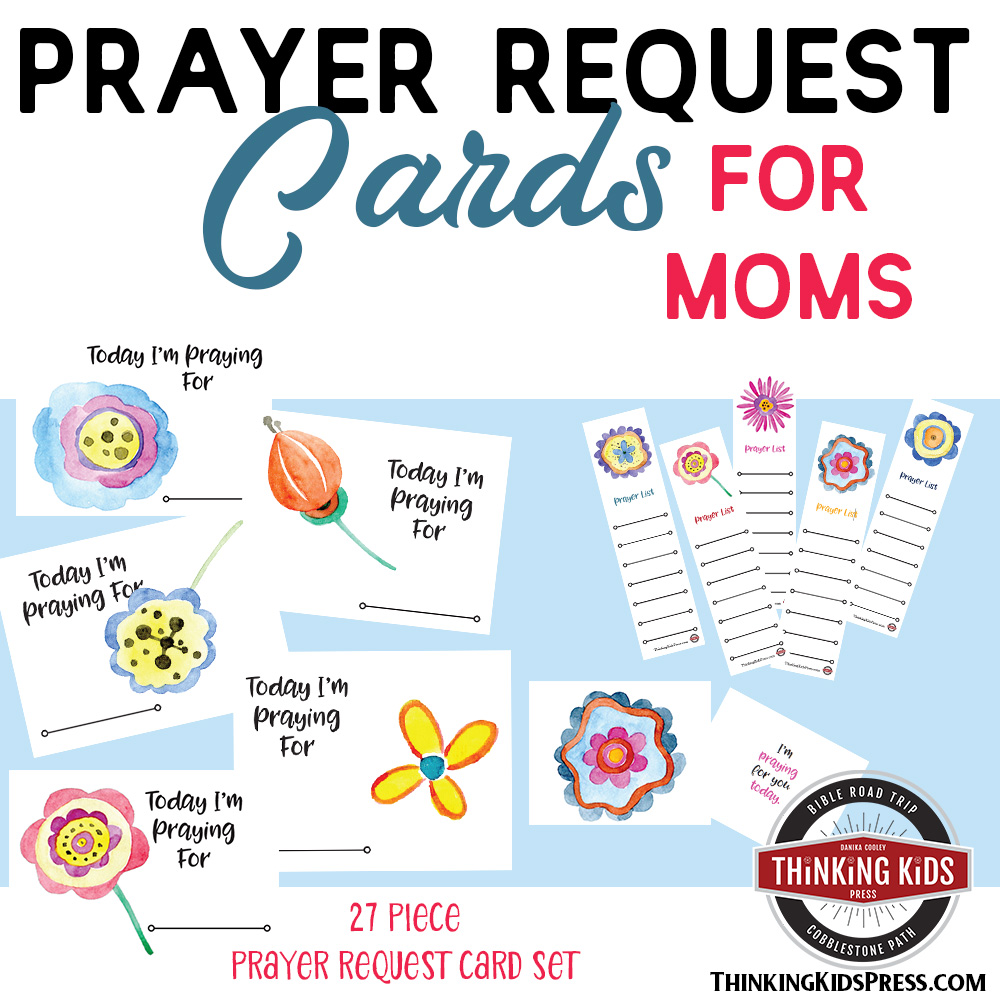

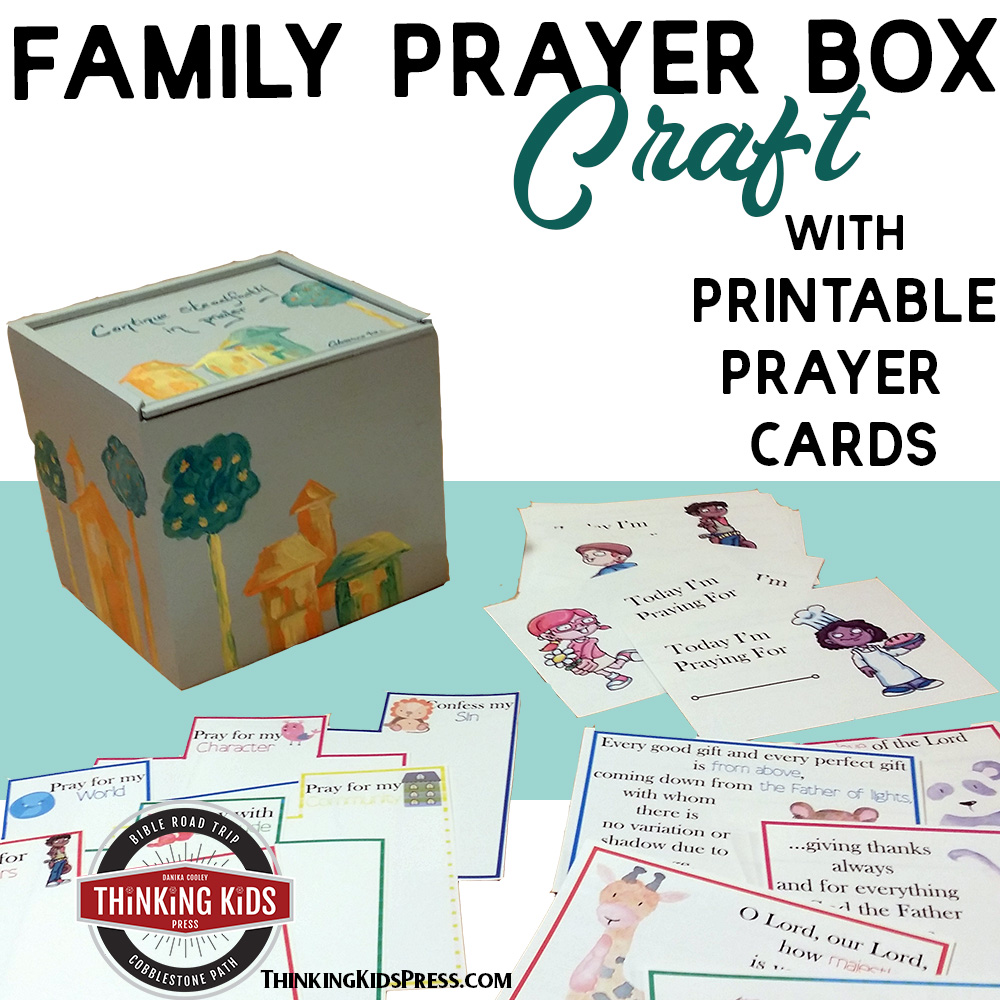

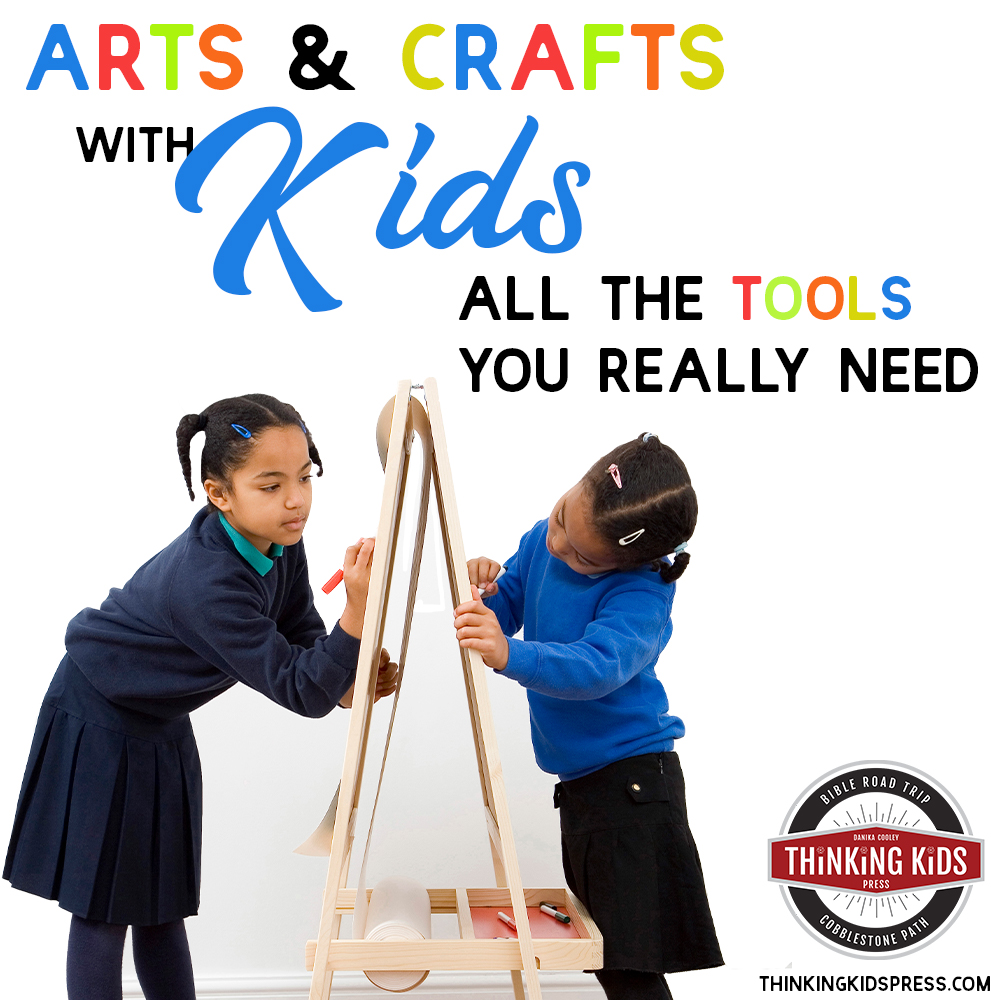
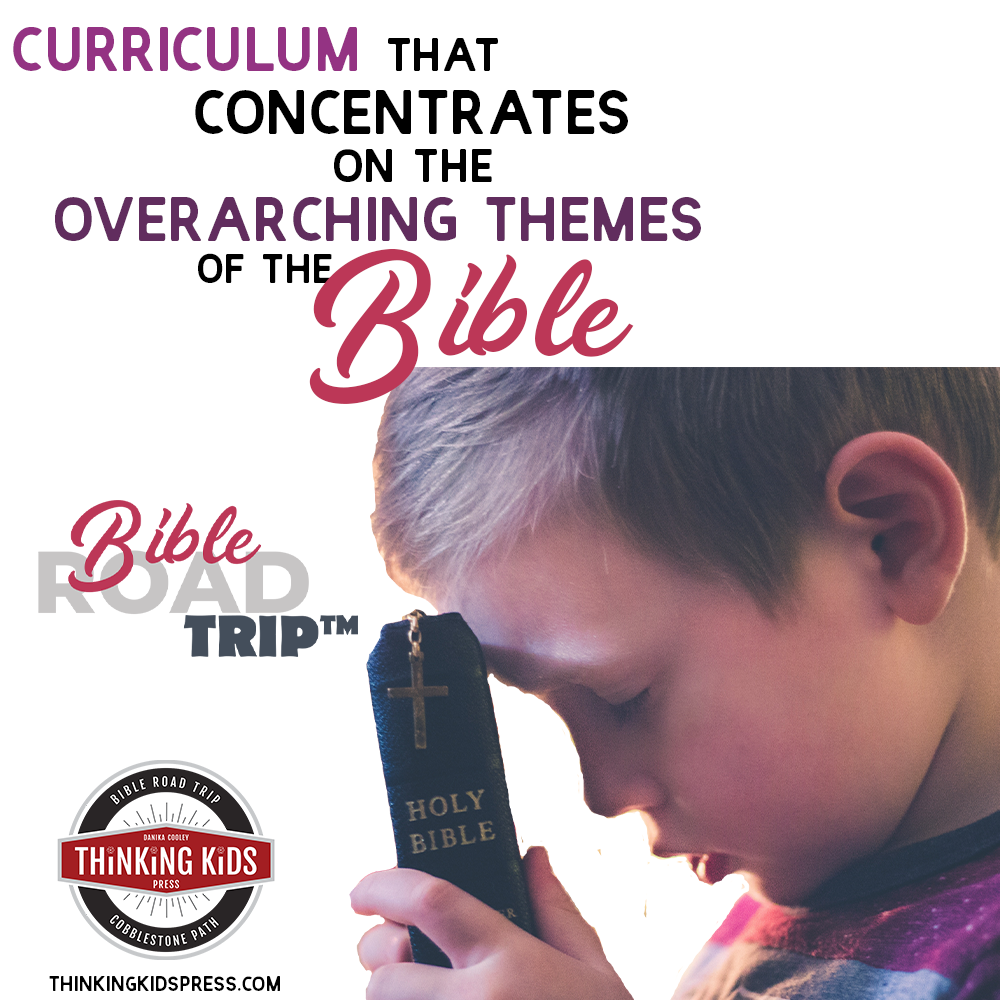


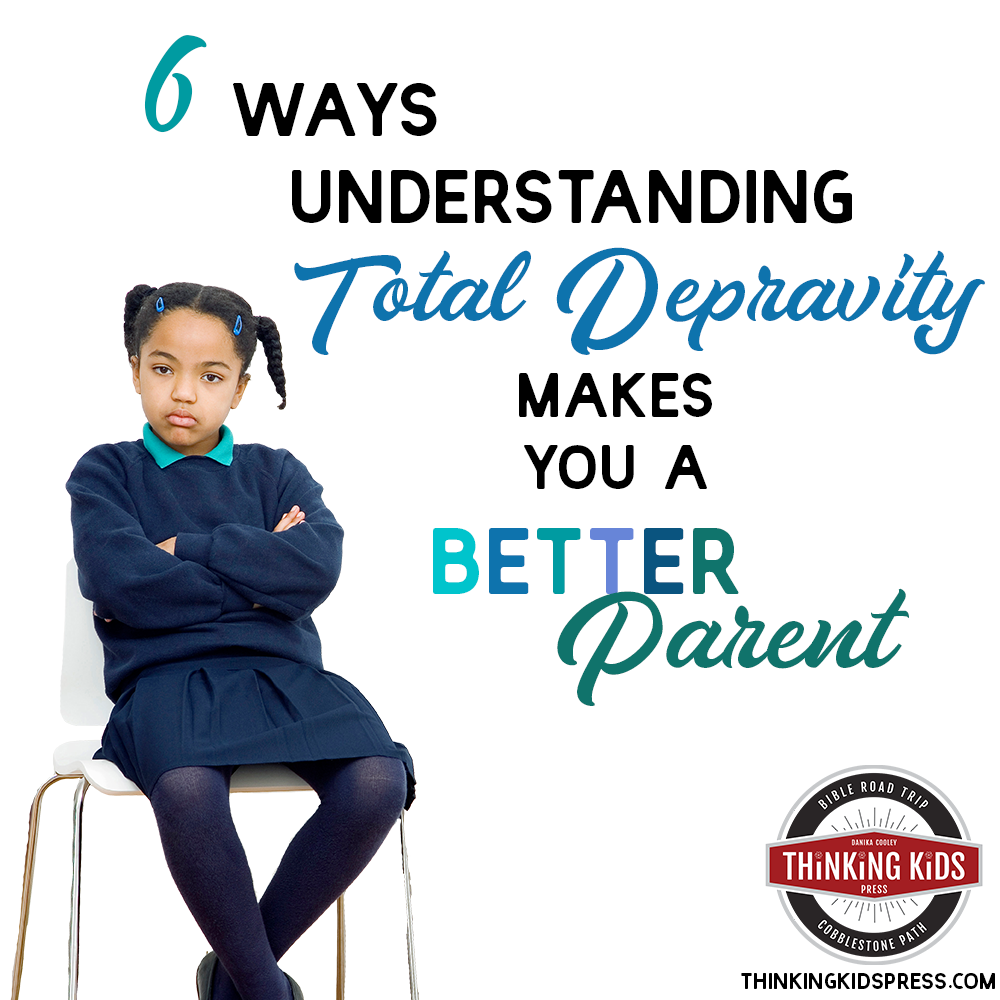


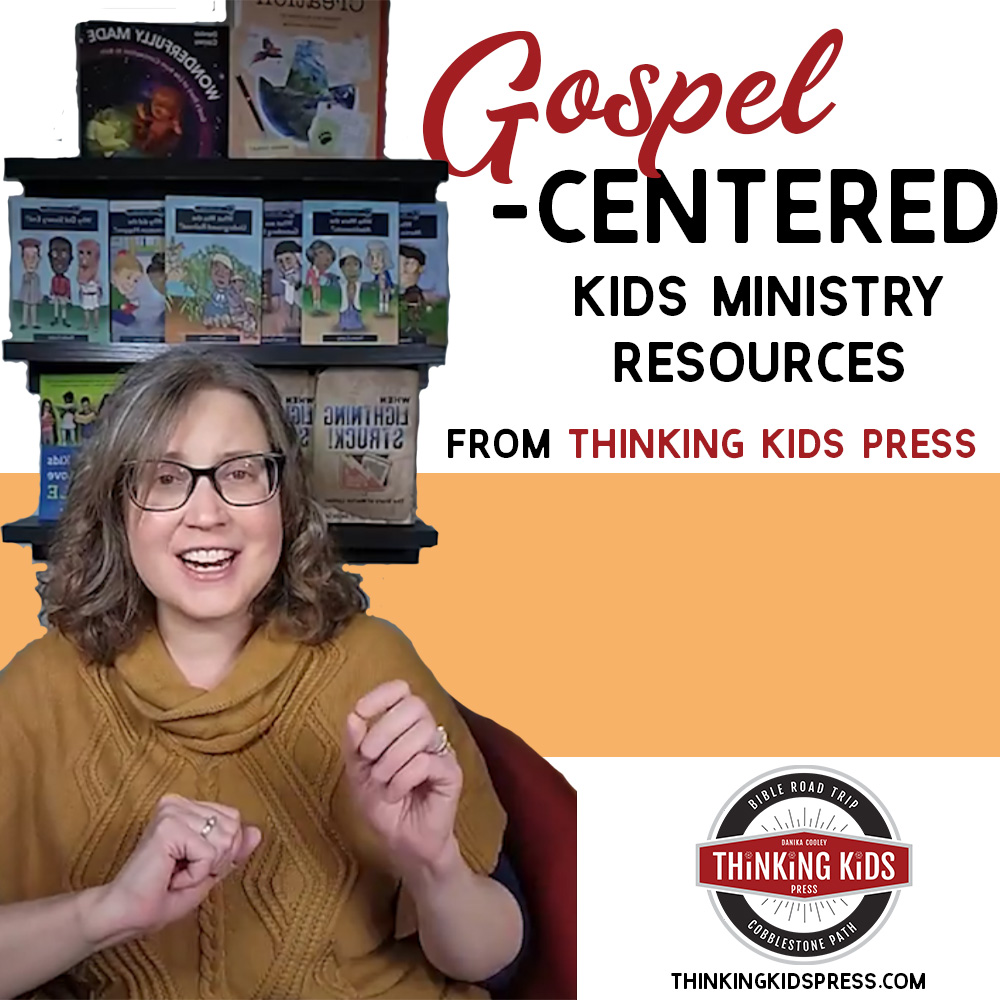

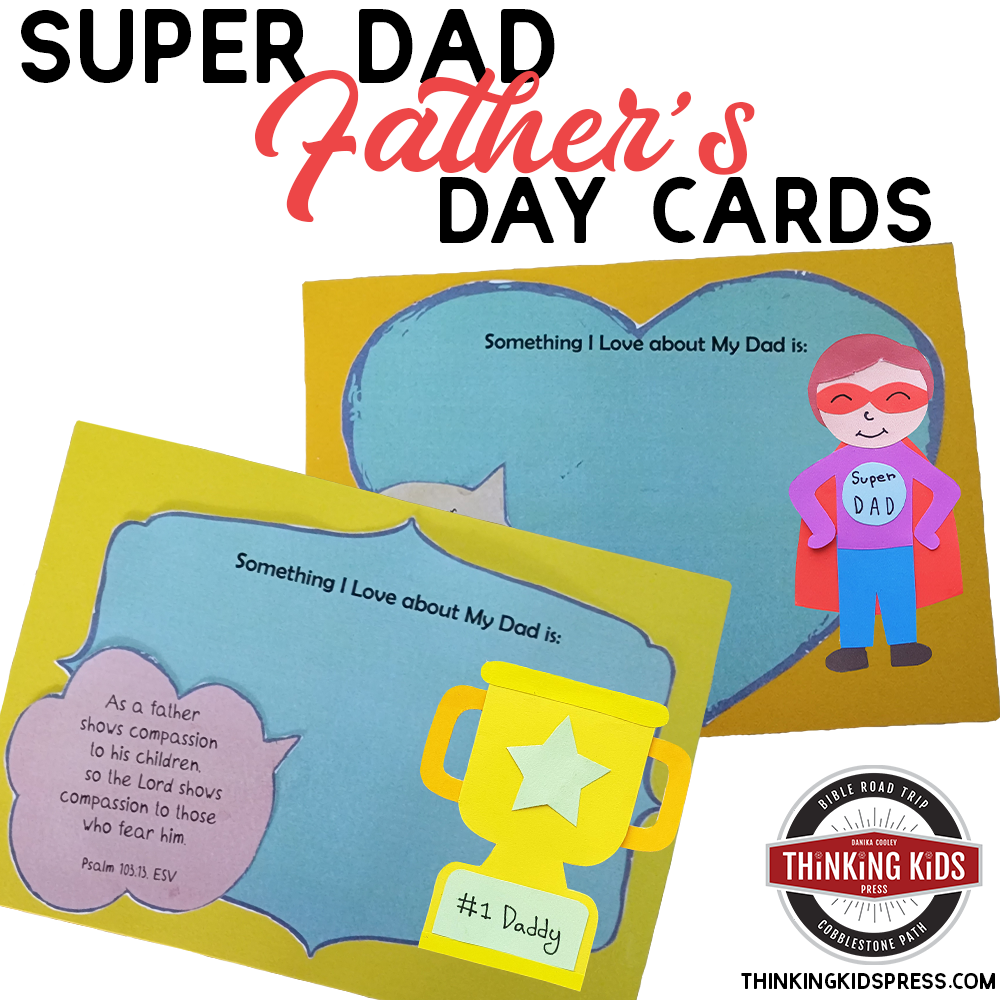
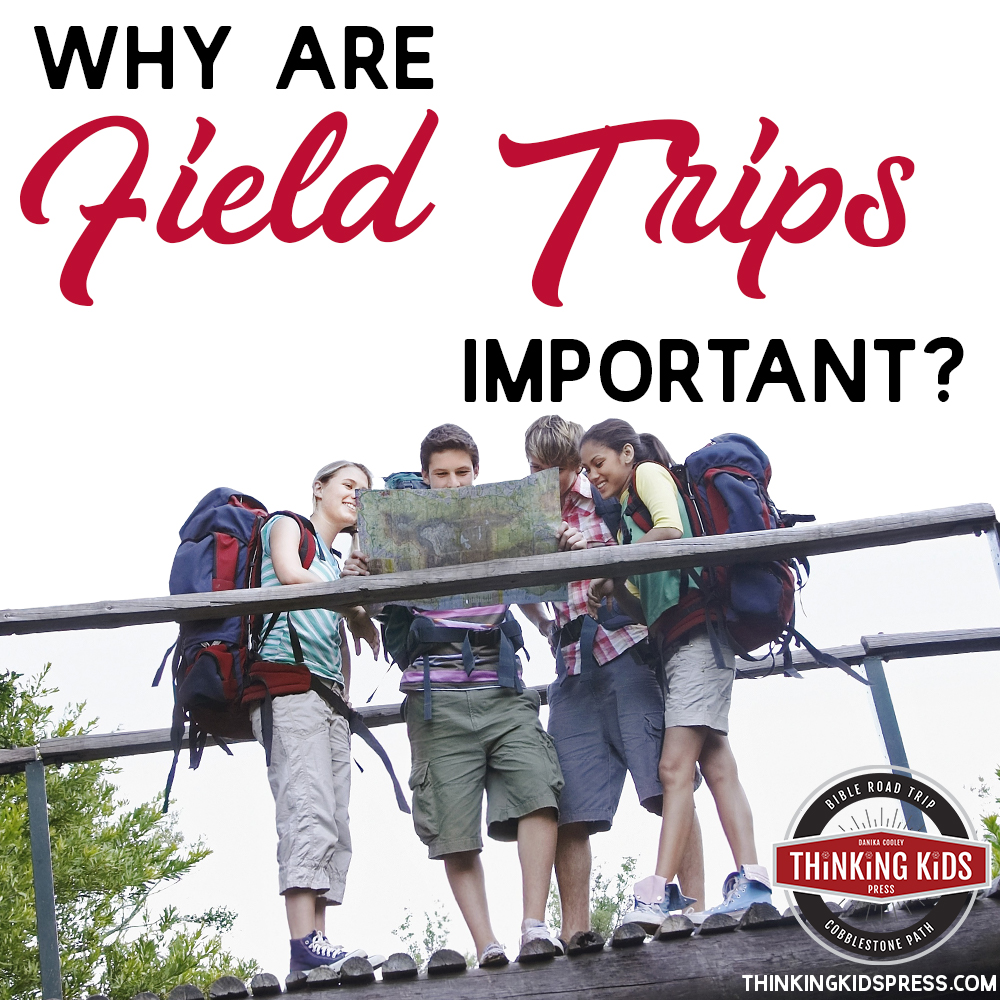

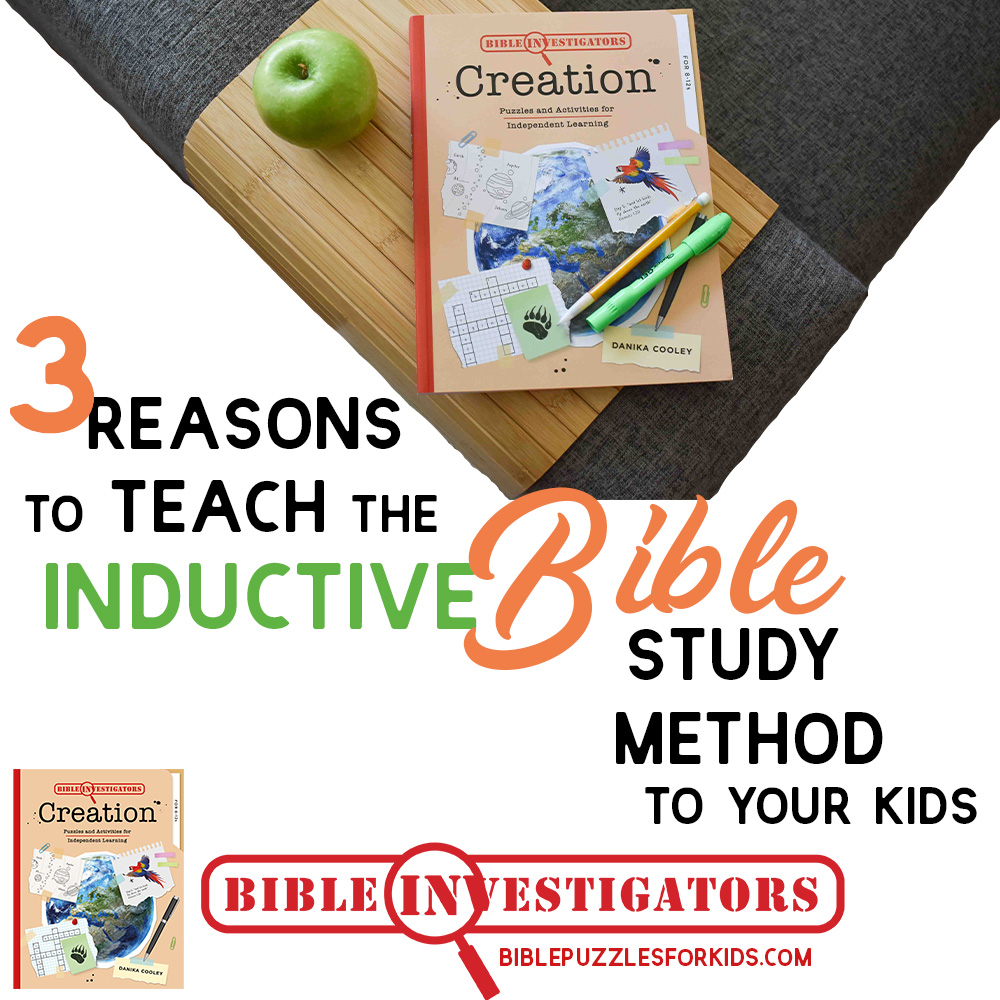


Danika, you have put my family’s homeschool philosophy into words very well. May God continue to bless you and your family on your journey. And for those of us, like me, just starting to travel, may we find more mentors to help us along. Thanks!!
Thanks for the comment! I’m so glad to have you join us here, and I’m glad you found value in the post. 🙂
~ Danika
Some really helpful thoughts and links-thank you.
Sarah,
I’m so glad it was helpful. Thanks for the comment!
~Danika
One of the big lessons the first generation of homeschoolers taught us is that we need to be very intentional in order to pass our faith on to our kids.
Your plans mirror what I remember my parents doing for us and what God has shown me to actively pursue with my kids.
God’s blessings on your guys!
Cheri,
I’m really excited that our plan seems valid. Sometimes, I worry… 🙂 It sounds like your parents worked hard, and like you’re following in their footsteps! Thanks for your comment!
~ Danika
Well, it worked for me because I wanted to pay attention. Unfortunately, that wasn’t true of all my siblings.
I pray every day that God will grab my kids’ hearts and never let go. We as parents have our part, but it is so painfully limited by their freewill. I try to keep my focus positive, be real, and trust God for the rest. Joshua 1:9 🙂
Oh, I absolutely agree that we can not choose Christ for our children. I just want to do my best to make the choice very, very clear to them. 🙂
lots of good info, links and thoughts here… Thanks for sharing. Here from the HHH 🙂 have a great week!
Tina,
Thanks for visiting, and for the comment! I’m so glad the post had value for you. 🙂 Have a fantastic week yourself (I love the HHM’s!).
~ Danika
EXCELLENT post! Your goals really resonate with our family’s. Thanks for sharing.
Coming here from Holy Spirit-led Homeschooling link-up.
Thank you! I’m so glad you visited, and I hope to see you again! 🙂
~ Danika